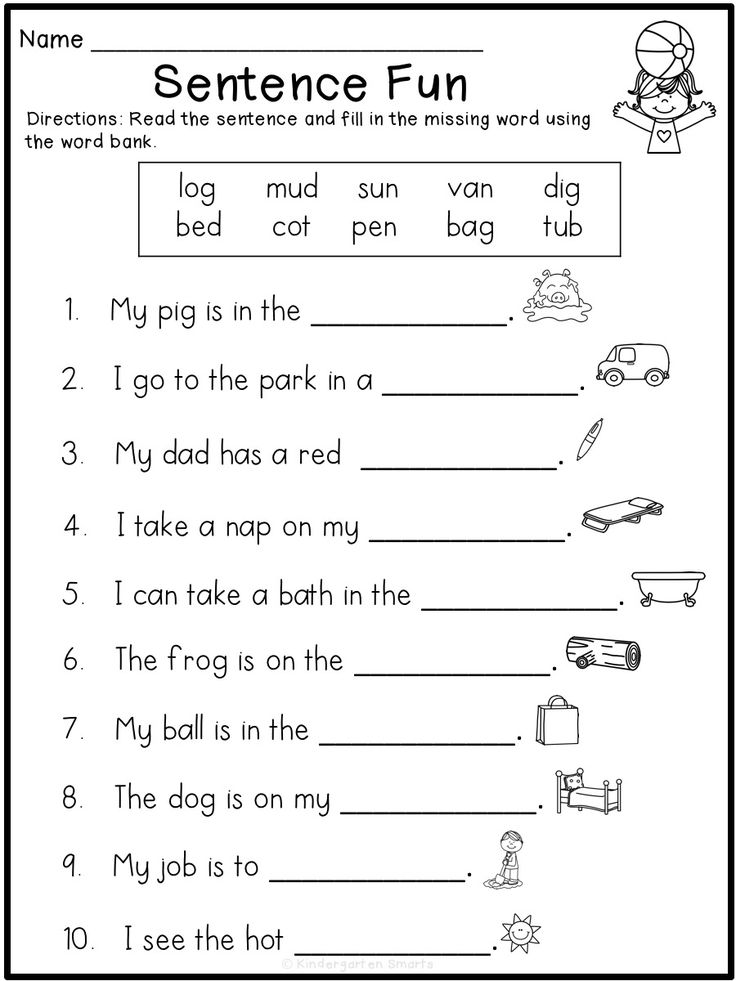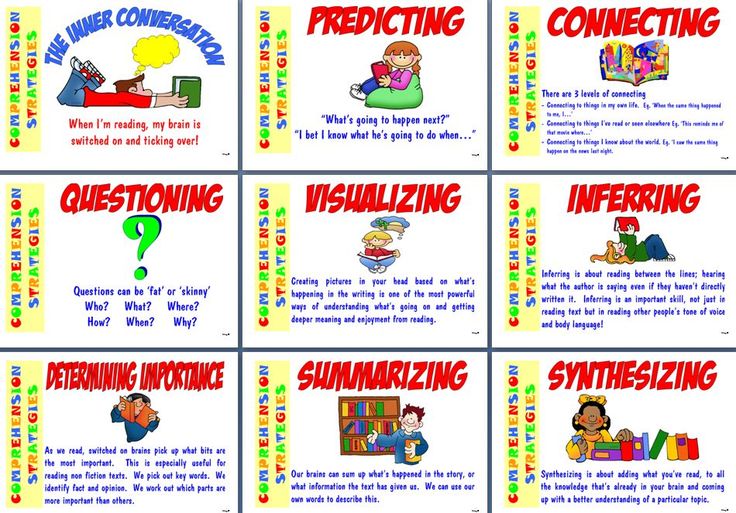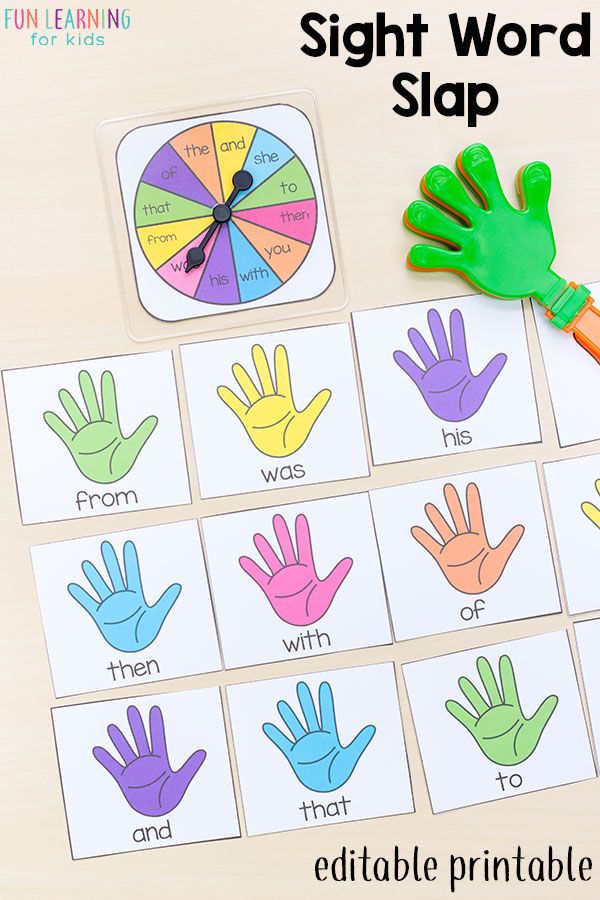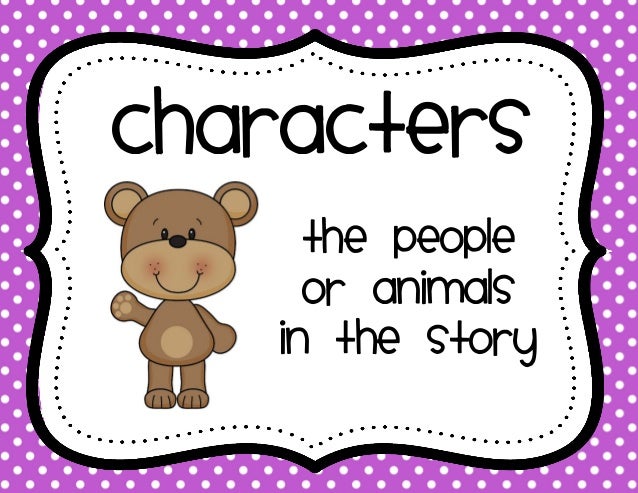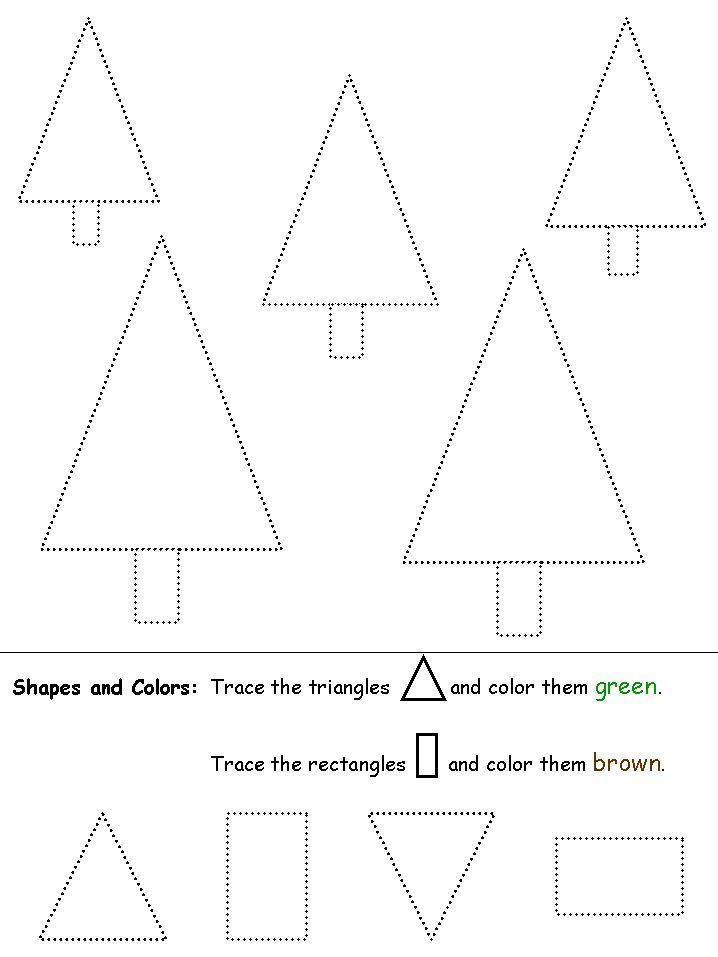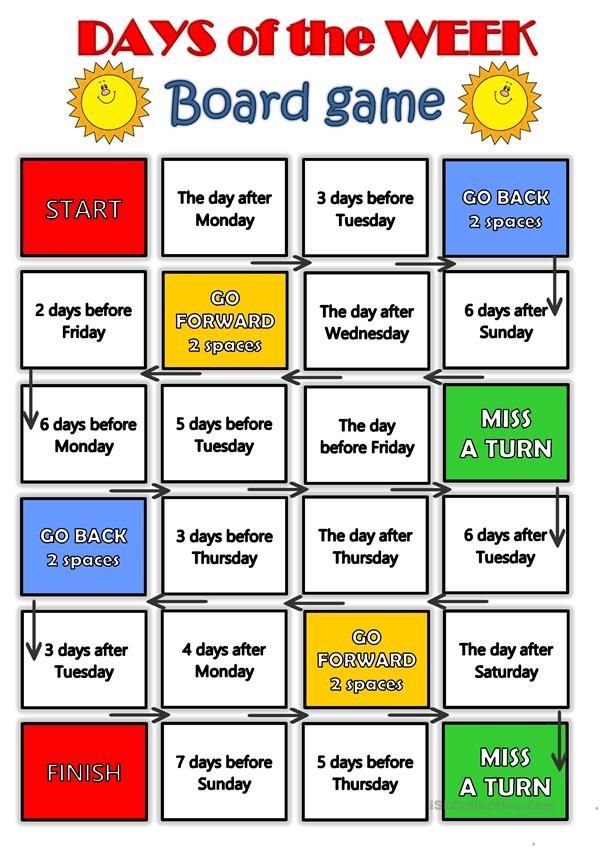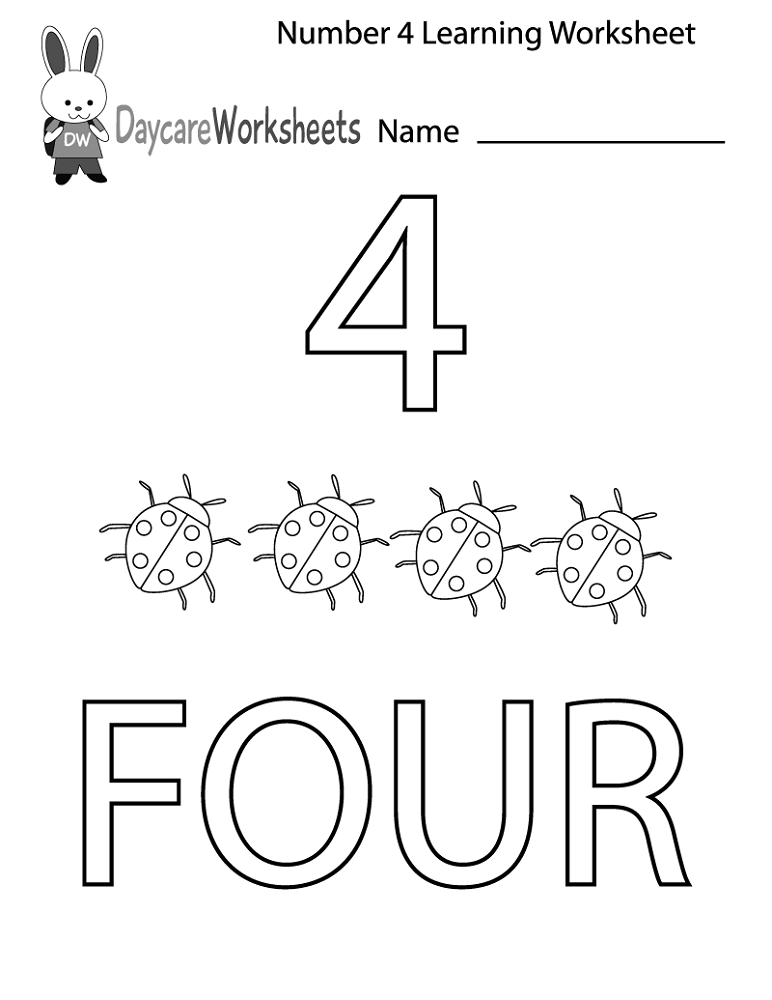Preschool learning reading
The Complete Guide For Parents
It might feel like your child is growing like a sprout — just yesterday it seemed they were learning how to walk, and now they’re embarking on the wonderful world of preschool reading!
But don’t worry, we’re here to make sure you don’t get swept up in the tide.
Once your child advances to preschool reading, they’ll be introduced to new adventures and knowledge. All the while, they’ll develop loads of critical skills that will support their learning for years to come. Talk about reading readiness!
Our goal with this article is to let you know what your preschooler will learn and accomplish, as well as how you can elevate their learning at home (while having fun!).
Elements Of Preschool Reading
Learning to read is a complex process. Before your child cozies up with a volume of Shakespeare, there are some skills they’ll need to learn first.
Listening
Preschool introduces your child to so many new things! One of the first (and most important) lessons they’ll learn is how to listen.
The levels of focus your child uses in the classroom and at home are likely very different. The attentive listening necessary for successful learning is something your child may not be accustomed to at first.
Don’t fret! It will take time, but during preschool, your child will learn how to listen carefully so they can absorb and execute their teachers’ instructions. An added bonus — their listening skills will improve at home, too!
Listening attentively is particularly important during preschool reading. In order to properly receive and internalize all the information they’ll get from a story, your child needs to have their ears “open” and their brains “on.”
Literary Responsiveness
Stories are all about emotions. Your child will likely understand this instinctively. When a character does something bad or silly, they’ll react to the action with disapproval or laughter.
The more engaging the book, the more dramatic a reaction your child may have. If they’re invested in the events of a story, they’ll probably display some intense responses! Responsiveness to stories shows that your child is engaged, focused, and learning.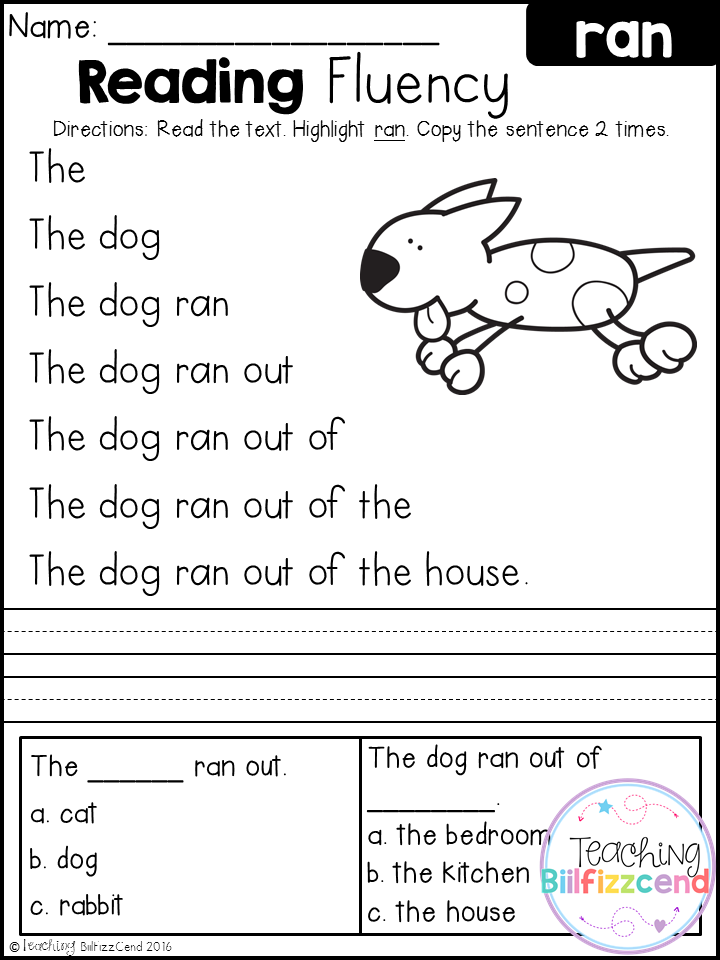
Try to choose books that appeal to your child’s interests. Additionally, books that emphasize simple storylines, easy sentences, vibrant pictures, and plenty of action are great choices!
These books should also have content that helps your child learn while still having fun. Working on their colors, alphabet skills, or sizes, shapes, and numbers as part of storytime is a bonus!
Phonological Awareness And Learning The Alphabet
Before learning how to read words, your child has to learn how words are made — with letters and sounds, of course!
This is where phonological awareness, alphabetic skills, and letter-sound correspondence come into play.
Phonological awareness involves the sounds that make up words. For preschoolers, that means, among other things, recognizing rhyming words and being able to count the number of syllables in a word.
When we say “letter-sound correspondence,” we mean that your child not only knows the alphabet but also knows what sounds match the alphabet letters. Your child will learn the sound represented by the letter T before they learn how to read and write it.
Your child will learn the sound represented by the letter T before they learn how to read and write it.
Knowing how to recognize these letters, both uppercase and lowercase, means your child will be able to engage in phonological awareness activities of all kinds.
As a result, they’ll become a mighty and capable preschool learner!
Reading Comprehension
Preschoolers are a little too young to know how to pinpoint metaphors or talk about what characters might represent. However, that doesn’t mean preschool reading doesn’t include comprehension skills!
Your preschooler will learn how to summarize a story’s events by prioritizing important details. They’ll also use their recall skills to retell their favorite simple stories. These summaries will be sequential, too, as they learn how to follow and remember a story in order.
Preschoolers may ask questions about what happened in a story to learn more about it. Additionally, they can answer simple questions about things that happened, how characters felt, or about concrete visual details (what color was Rapunzel’s hair?).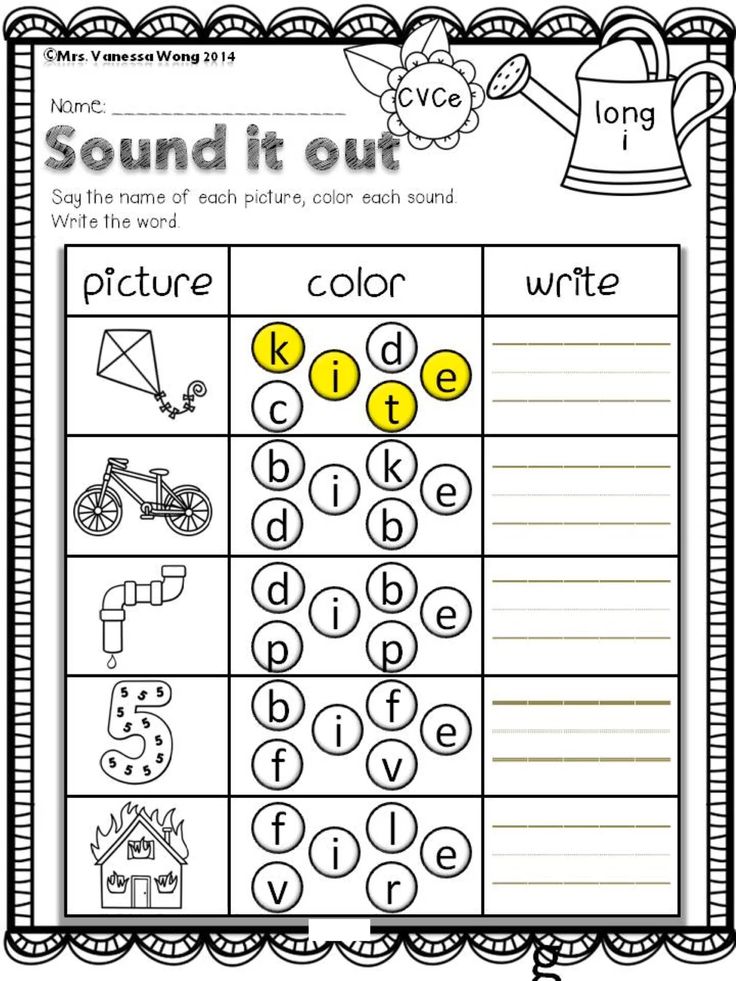
Focused comprehension skills contribute to your child’s understanding of language and storytelling and adds to their vocabulary.
They’ll get better and better at comprehension the more they practice it!
Writing And Reading Applications
What may look like scribbles to you are your preschooler’s attempts at writing! Pre-writing activities, like scribbling and drawing, are crucial for the development of your child’s reading and writing skills.
It’s perfectly fine that their writing may not be legible yet. What matters is that your child is expressing a desire to write and can distinguish between their own writing and drawing.
During preschool, your child will copy letters and words with increasing accuracy as their fine motor skills develop. The very first thing they’ll likely learn how to do is to write and read their own name.
If they have siblings, they’ll probably use this skill to their great advantage to start labeling things that belong to them.
As their writing skills develop during preschool, so will their reading skills and, as a result, their interest in stories. They may launch into storytelling at any moment, either about an event that happened during their day or about a story they read with their class.
They may grow more adventurous with reading, asking to read on their own (which will mostly include reciting their favorite book from memory), or engage in pseudo reading by “reading” store signs, recipe instructions as you cook, or birthday cards.
Book And Print Awareness
Last but not least, your child’s preschool reading skills will include book and print awareness skills. Your child will learn more than just the things happening to characters.
They’ll also learn how to use the information on books to get hints about a story. The cover illustration, for instance, is often a preview to the story within.
They will learn what the author and illustrator do, as well as how to identify information aspects of a book such as the title, the table of contents, and the spine.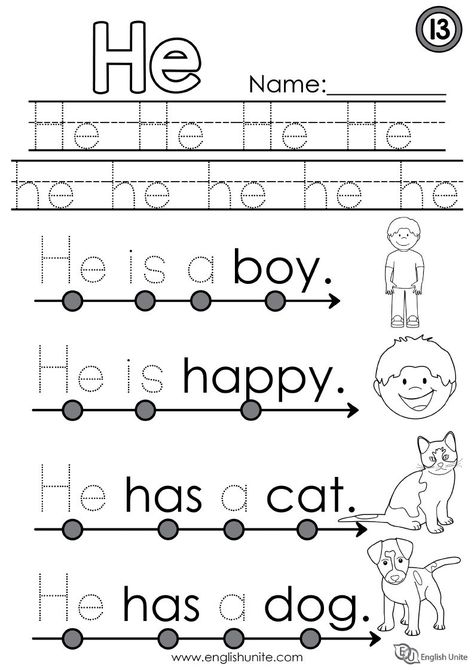
They’ll also understand how to use books properly. They’ll learn that pages turn from right to left, reading happens from left to right and top to bottom, and that the spaces between words help us read.
Pictures are also great elements to rely on, as well. Your child will learn to use pictures and illustrations to support the information they hear and read in stories.
Strengthening Preschool Reading Skills
Practice The Alphabet
Practicing the alphabet is always a great way to support your child’s preschool reading skills!
Singing the alphabet and playing alphabet games are easy, fun ways to practice their knowledge and help them master the alphabet.
These activities will help them understand the alphabetic principle and support their efforts in recognizing and learning letters.
Play Phonological Awareness Games
At HOMER, we offer several phonological awareness games you and your child can play together. They’re simple, effective, and lots of fun!
Phonological awareness games emphasize your child’s ability to play with words by rhyming or swapping around different letter sounds in words.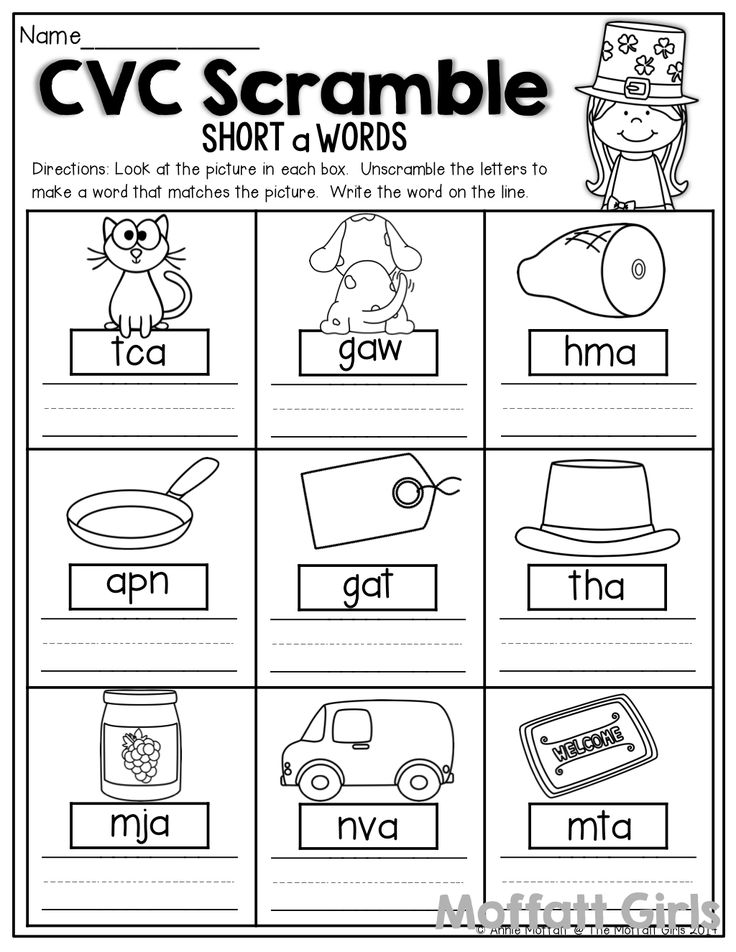 These games will help develop their preschool reading skills and beyond!
These games will help develop their preschool reading skills and beyond!
Work On Their Fine Motor Skills
Developing your preschoolers’ writing skills doesn’t just have to involve tracing letters. We encourage you to experiment with different ways to develop their fine motor skills.
One such way is by incorporating time for your child to craft with you. You can cut, glue, paint, and trace different shapes, numbers, letters, or imaginative illustrations. All of these things allow your child’s fine motor skills to grow.
Don’t be afraid to include your child when you have a writing task. For example, if someone has a birthday coming up and you’re writing a card for them, we encourage you to leave a little space for your child to “write” their own message.
Practice makes perfect!
Make Up Stories Together
Who says you have to limit your child to reading books that are already published? It might be a nice change of pace to make up a story together!
You two can choose to write down your story and pair it with illustrations or just tell it orally. You can start by providing a scenario.
You can start by providing a scenario.
For example, “One sunny day, Mr. Turtle was sitting on a log.” Then ask your child to tell you what might happen next. Repeat the process until your story is complete!
Explore New Learning Methods
Traditional learning methods are great (they’re traditions for a reason!). But every now and then, your child may be itching for something new.
HOMER’s Learn & Grow app may be the perfect thing to change up your routine! Our personalized activities will help your preschooler fine-tune their reading skills and really relish in the fun and excitement that comes with reading.
Preschool Reading Is Just The Beginning
We hope this article helped you navigate the world of preschool reading. We want to leave you with a reminder that this complete guide isn’t a set of rules. Your child may learn some of these skills a little faster or slower than you expect.
That’s perfectly OK! Children learn at their own pace. With all of these fun activities, we know you’ll enjoy the process of “getting there” as much as you will enjoy your child mastering preschool reading.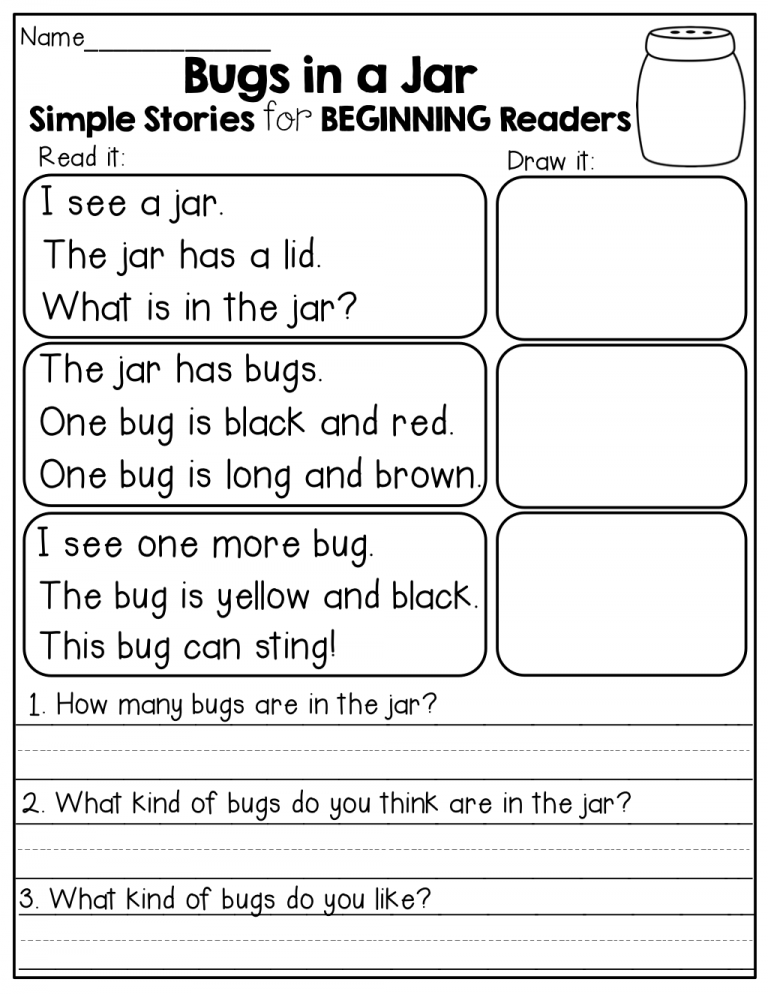
And don’t forget — HOMER is always here to lend a helping hand in your child’s reading journey. Our Learn & Grow app is ready and waiting with tons of learning activities just for them!
Author
25 Fun Literacy Activities for Preschoolers
“Literacy is more than just learning to read,” says Mary Muhs, dean of the Rasmussen University School of Education. “It also includes how children interpret and understand what is being read, as well as writing skills and composition. Literacy skills do not just develop overnight.”
"Literacy skills do not just develop overnight."
Muhs emphasizes the importance of building the framework for literacy in preschool and even before then. “If we start early and build on a child’s experience as they grow, they will not only be able to read and write but also love to read and write.”
You understand the importance of mixing in preschool learning activities with the usual fun and games, but who says you can’t do both at once? We scoured the internet to find the best literacy activities for preschoolers to add to your arsenal.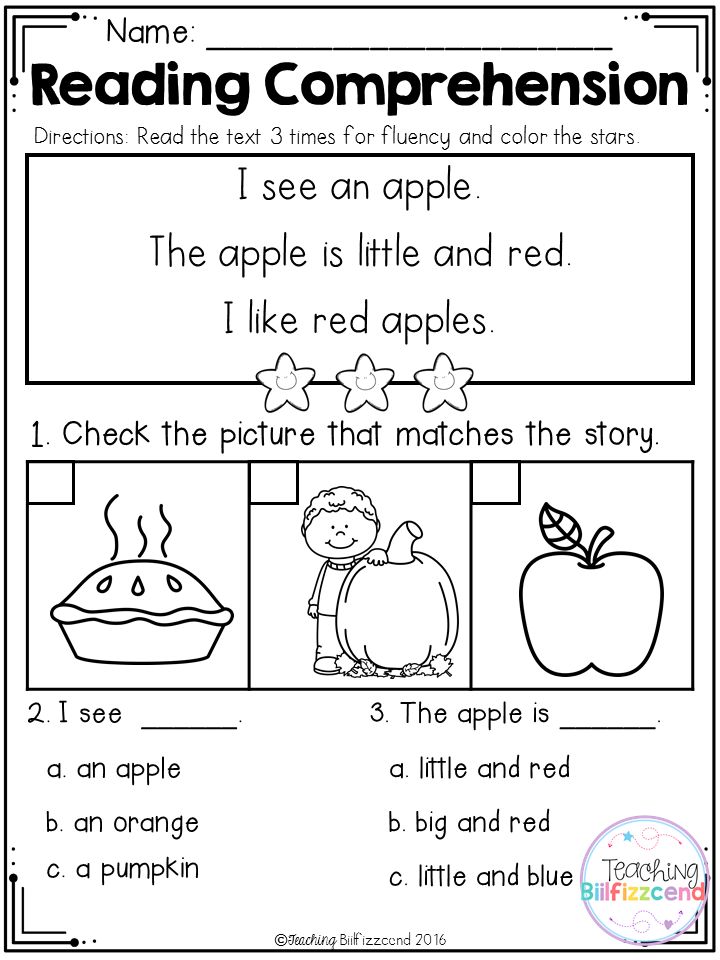
25 Entertaining and educational language activities for preschoolers
The key to instilling a love of learning in little ones is by disguising it with plenty of fun! Bookmark this list for a rainy day, and you’ll always have an entertaining and educational activity ready when you need it.
1. Kick the letter cup
This pre-K activity suggested by Fun Learning for Kids combines letters with sports. Take a stack of plastic cups, and write a single letter on each. Then line the cups up in a row, spreading them out a bit. Give your child a small soccer ball (or any soft ball), and instruct them to kick the ball toward the letter cups. Once they knock a cup down, instruct them to say the name of the letter on the cup. For a more advanced version, say a letter first, and see if they can aim for the corresponding cup.
2. Color sorting letters
Practice colors and letters together with this preschool activity from No Time for Flashcards. All you need is a printable rainbow, some colored label stickers and a marker. Use the marker to write one letter on each circle sticker. Give the child the sticker sheet, and instruct them to peel off each sticker, say the letter and stick it onto the part of the rainbow with the matching color. This helps little ones work on letter recognition, color discrimination and fine motor skills.
Use the marker to write one letter on each circle sticker. Give the child the sticker sheet, and instruct them to peel off each sticker, say the letter and stick it onto the part of the rainbow with the matching color. This helps little ones work on letter recognition, color discrimination and fine motor skills.
3. Alphabet pillow jumping
If your kiddos need to burn off some energy, this letter activity from Toddler Approved will be perfect. Use a stack of paper plates, and write one giant letter on each one. Then use packing tape to secure each plate to a pillow and spread them around the room. Have the kids start on one side of the room and try to jump to the other without touching the floor. As they jump to each new pillow, have them say the letter or letter sound.
4. Connect-the-dots with letters
Hands on as We Grow came up with a letter familiarity activity that will get your little ones moving and their creative juices flowing. Good, old connect-the-dots gets revamped when you write a handful of repeating letters in random patterns down a length of butcher’s paper.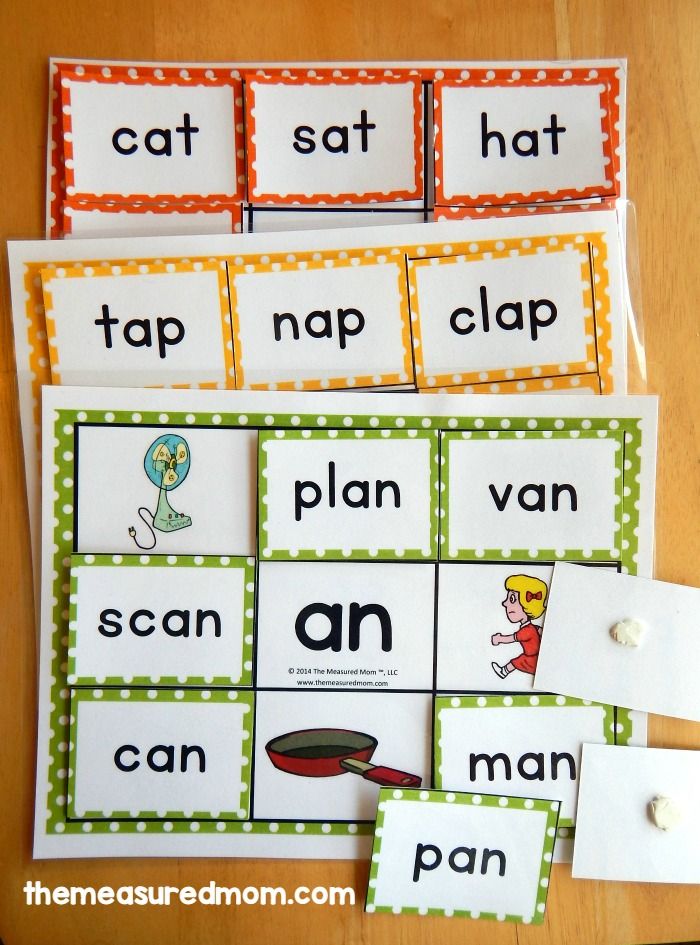 Kids can connect the letters in any way they like so long as all of the G’s are connected to the other G’s and so on.
Kids can connect the letters in any way they like so long as all of the G’s are connected to the other G’s and so on.
5. Alphabet knock down
Toddler Approved came up with this fantastic letter recognition game, especially recommended for kids who love knocking things over. The preparation is minimal and only requires a pool noodle, some popsicle sticks and letter stickers. Once you’ve made the letters on their pool-noodle feet, give your child a ball, call out a letter and see if they can knock it down!
6. Children’s book in a bottle
Storytime has a hands-on element with Deborah J. Stewart’s discovery bottles activity. These cheap and completely customizable literacy tools could be thrown together in an afternoon as a kinesthetic addition to your kids’ favorite stories. Stewart has her students pass the bottle around while she reads them a story in class. She reports that the bottles keep her students calm while engaging more of their attention in the story.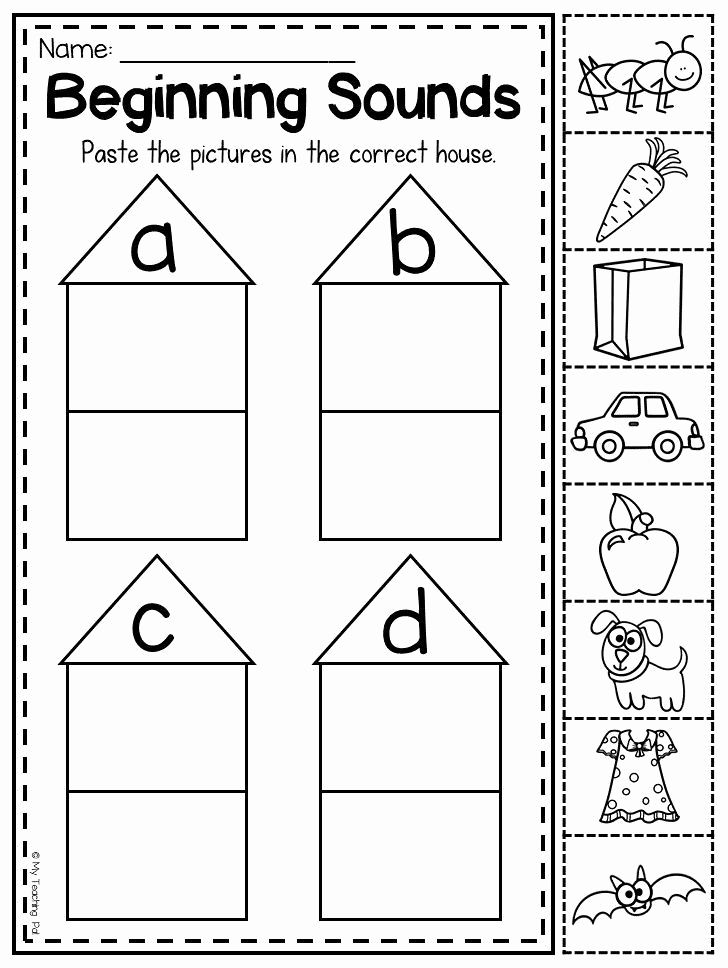 Her post on Teach Preschool includes directions, materials and even pictures for easy reference.
Her post on Teach Preschool includes directions, materials and even pictures for easy reference.
7. Crocodile circle
Picture a bin with a crocodile face on top, filled with letters and surprise cards. Students pass the crocodile around the circle singing Crocodile, crocodile down by lake; I’m going to reach right in and see what (letter) you ate. The student holding the crocodile then pulls a letter and calls it out. Extra surprise cards can let you repeat a turn, reverse directions or anything else you want to include. Making Learning Fun includes directions and free printables to make things easy.
8. Feather tip salt tray writing
The title of this activity explains it all. Children get to write (letters, numbers or whole words) in their own tray of salt with a feather tip! Fantastic for motor skill development, this sensory writing experience from Teach Preschool will disguise writing practice as playtime. Be sure to give your students some time to explore the salt tray before their task to minimize confusion.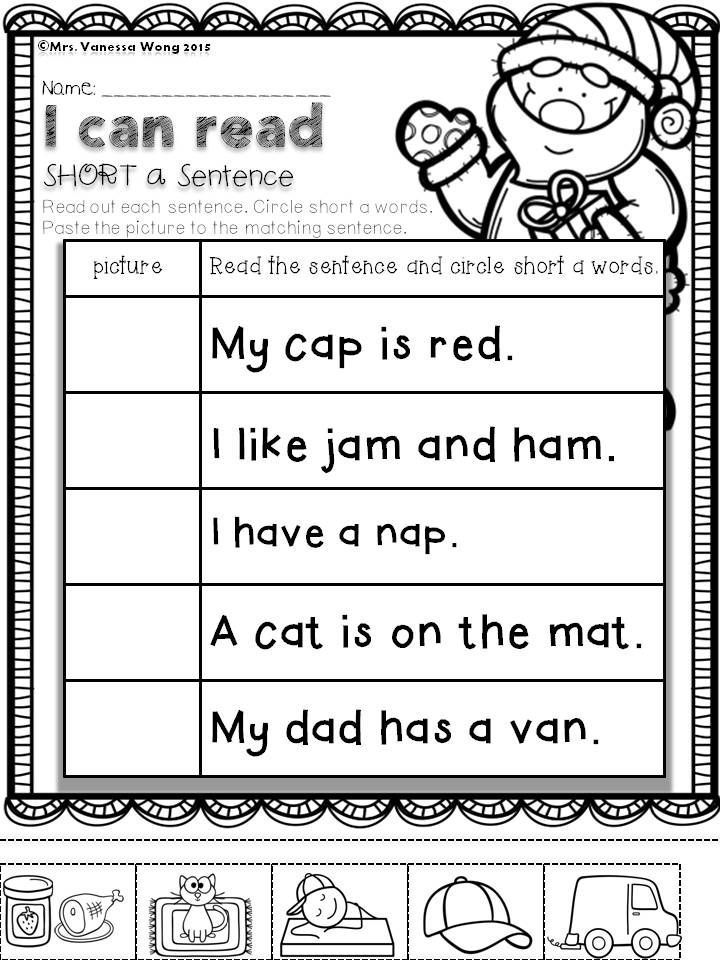
9. Alphabet ball
All you need for this literacy activity from Playdough to Plato is a beach ball and a sharpie. Simply write letters on the beach ball, spreading them out on all sides. To play the game, have the child (or group of kids) throw the ball up in the air and identify whatever letter is facing them when they catch it. For a more advanced version, have them say the sound or a word that begins with the letter.
10. Magic letter painting
Grab some white notecards, a white wax crayon, some watercolor paints and paint brushes for this activity from Mas & Pas. Use the crayon to write letters on the note cards (you’ll need to press firmly to make the “magic” work.) Give your kiddos some paint and brushes, and tell them to begin painting over the card. Watch their eyes light up when a magic letter is revealed! Ask them what letter it is and what sound it makes.
11. Letter matching archeology game
The perfect accompaniment to a dinosaur-themed unit, this activity from How Wee Learn allows students to practice letter recognition while playing “archeologist.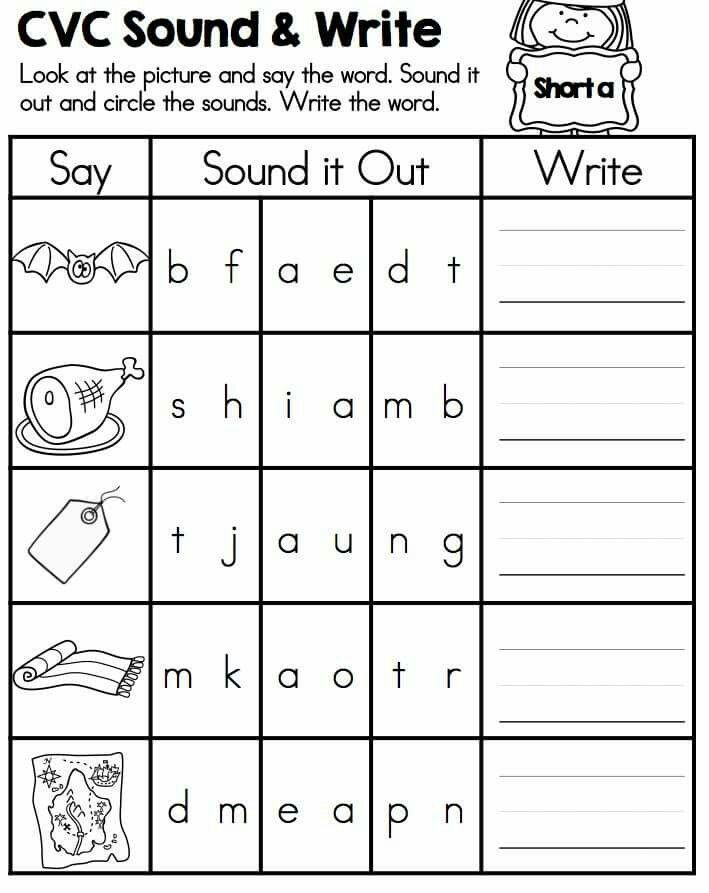 ” Drop a few magnetic letters onto a cookie sheet, writing the letters you chose on a piece of paper for your students to use as a key. Cover the letters in flour, and give the kids a makeup brush to carefully “search the site” for hidden letters. When they find one, they must match it to their paper key before continuing the hunt.
” Drop a few magnetic letters onto a cookie sheet, writing the letters you chose on a piece of paper for your students to use as a key. Cover the letters in flour, and give the kids a makeup brush to carefully “search the site” for hidden letters. When they find one, they must match it to their paper key before continuing the hunt.
12. Mini alphabet sensory bins
This one is especially suited for a classroom environment and could be a staple setup in any preschool teacher’s arsenal. Little Bins for Little Hands gives the classic sensory bins a twist by using objects that all start with the same letter. Tape the letter on the front of each box, or let the kids guess the letter as they examine the objects. Either way, these sensory bins transform a fun, hands-on play activity into a literacy lesson.
13. Snowball throw alphabet game
Paper, tape and ping-pong balls are all you need for this game of “snowball” throwing from Mom Inspired Life. Tape a bunch of letters to a wall, call out the sounds and have your kids throw the snowball at the letter represented.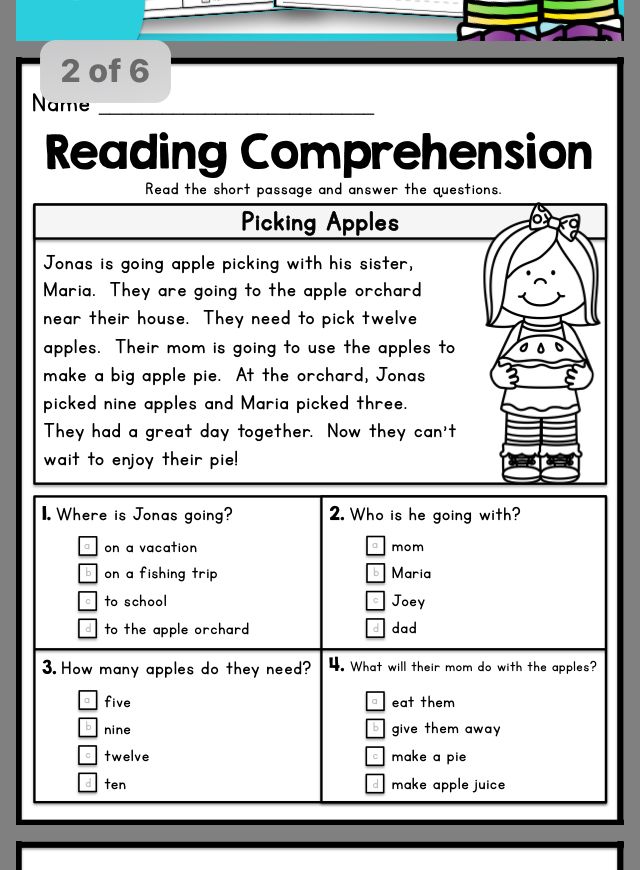 As an added bonus, kids get to work on their coordination as well as their alphabet.
As an added bonus, kids get to work on their coordination as well as their alphabet.
14. Fingerprint letters
Your little finger-paint lovers will enjoy this letter activity from Happy Toddler Playtime. You’ll need a washable ink pad, paper and a marker. Start by writing large letters spread out on the paper. Then instruct your child to dip their finger on the ink pad and make fingerprints along each letter. This is a great way for little ones to start recognizing letter shapes even if they can’t quite trace with a pencil.
15. Number match-slap game
A deck of cards and some duct tape can transform any wall into a correspondence and number recognition system. Hands on as We Grow came up with this activity for preschoolers to “slap” a pre-taped card to its matching card on the wall. This one could even turn into a class scavenger hunt with cards taped on surfaces throughout the room.
16. Word families with ping-pong balls
Teach simple word families with this activity suggested by Fun-A-Day.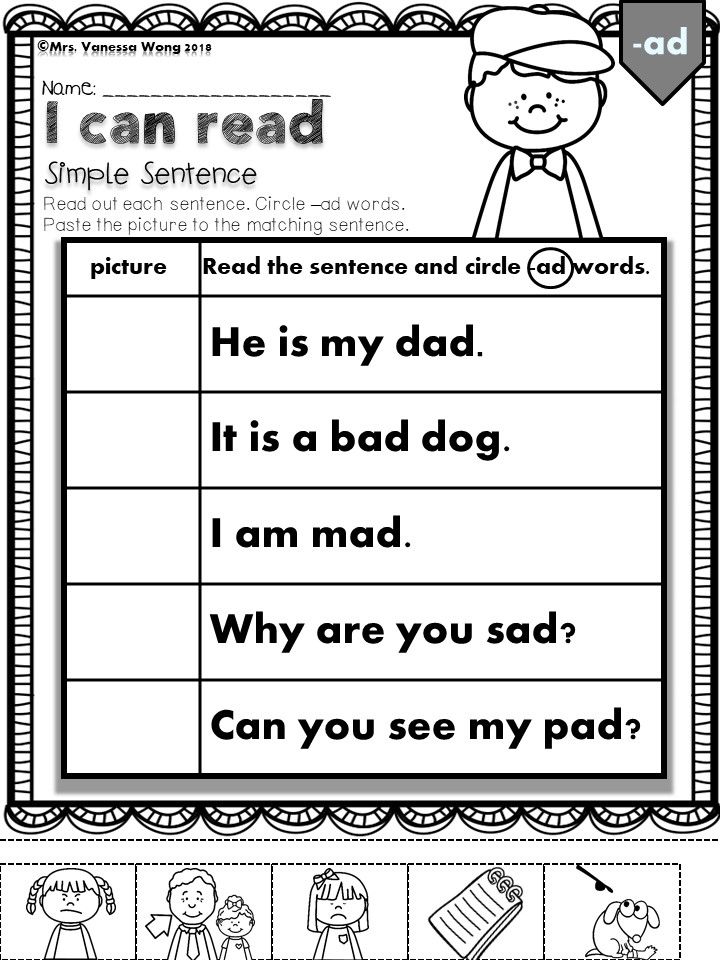 Golf tees stuck in a Styrofoam base create the perfect platform to interchange different letters written on ping-pong balls. “Dig” becomes “pig” with just one switch! This game lends itself to giggling and throwing the ping-pong balls, and all shenanigans can count as literacy training.
Golf tees stuck in a Styrofoam base create the perfect platform to interchange different letters written on ping-pong balls. “Dig” becomes “pig” with just one switch! This game lends itself to giggling and throwing the ping-pong balls, and all shenanigans can count as literacy training.
17. Sorting number stickers
It doesn’t get much simpler than this activity created by Learning 4 Kids. Draw a grid on a piece of paper, and place a number in each box. Provide your students with a sheet of number stickers, and let them move the numbers into the box with the matching number. After all of the numbers are used up, encourage them to write each number themselves in the corresponding box.
18. Alphabet rocks
If you (or your kiddos) have the time to collect 52 rocks, this uppercase and lowercase literacy activity could begin in the great outdoors. Wash the rocks, and write an uppercase letter on one side, with the corresponding lowercase letter on the opposite side.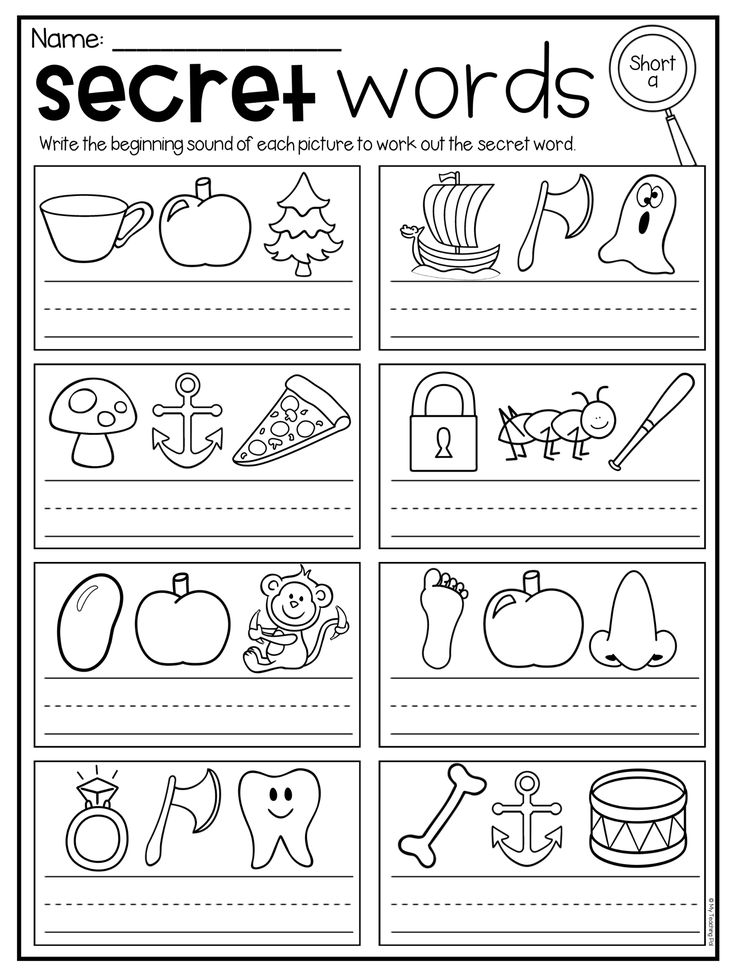 Then show words or pictures on index cards, and challenge kids to recreate the word. Meredith at Homegrown Friends says the rocks’ weight and texture was a big hit with her little ones.
Then show words or pictures on index cards, and challenge kids to recreate the word. Meredith at Homegrown Friends says the rocks’ weight and texture was a big hit with her little ones.
19. Triple-tracing name fun
Another great activity from Hands on as We Grow, this will give your little one triple the fun while practicing name writing. Start by writing their name in large letters with a highlighter on a piece of paper. First, ask them to trace the highlighted letters with a pencil. Then, have them trace the letters with glue, followed by yarn (do steps 2 and 3 one letter at a time to avoid a sticky mess!) This triple reinforcement will help the child learn their name letters and leave them with a fun craft at the end.
20. Beginning sounds paint stick
Collect some free paint sticks from a home improvement store, and make these phonological awareness tools from Pre-K Pages. Directions and pictures of the paint sticks come with free printouts to make your job just a little easier.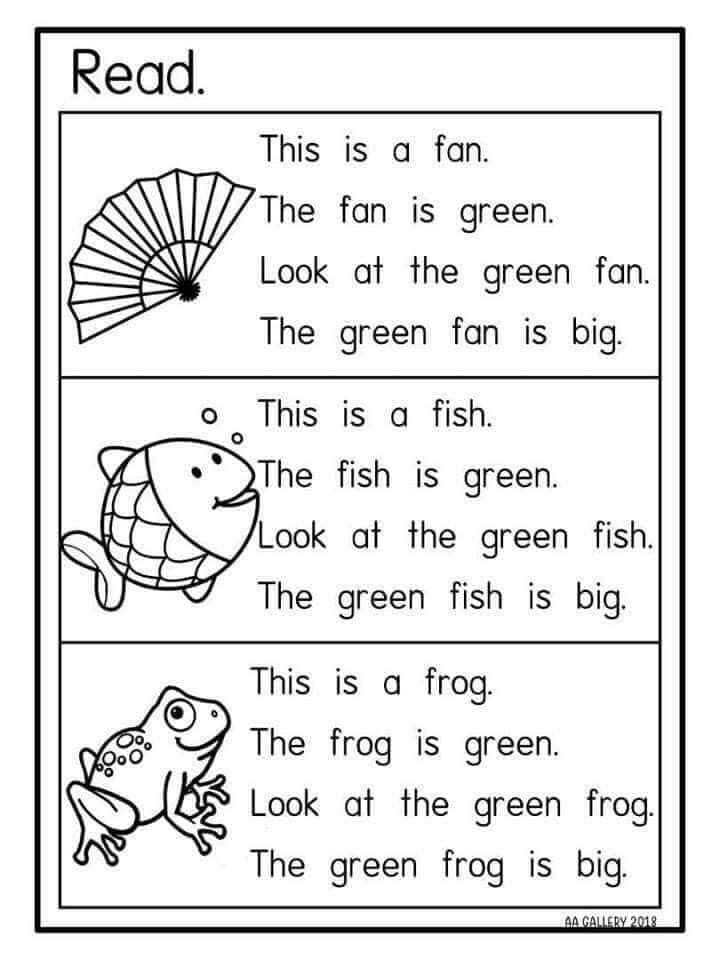
21. Letter bingo
This twist on the traditional bingo game comes from Frugal Fun for Boys and Girls. Simply make bingo cards with 16 letters on each card, and cut little squares of paper to write the corresponding letters on. Put these squares in a pile for the caller to pull from. For bingo markers, you can use legos, cheerios or anything else you have around.
22. ABC go fish
Another familiar game, this version of Go Fish from How Wee Learn will have your kiddos learning letters without even knowing it. Cut paper into card-sized squares, and write a letter on each one, making two of each letter. It’s best to use groupings of letters so you’re focusing on a few at a time. Split the cards between the players, and follow the standard rules of the game to make as many matching letter pairs as you can. “Do you have a B?”
23. Sensory messy play
Letters drawn out with whipped cream on tinfoil begin this activity.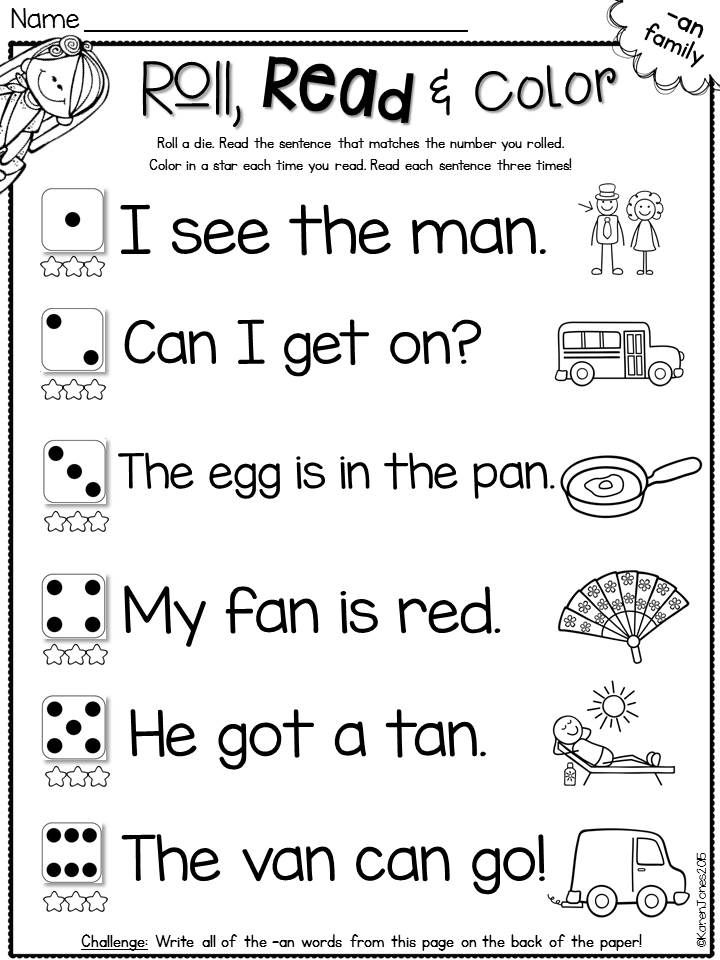 Provide the students with sprinkles and other cookie-decorating accessories, and let them decorate their letter. Kids Creative Chaos promotes this playtime for its engagement with all five senses while the children work on their letter.
Provide the students with sprinkles and other cookie-decorating accessories, and let them decorate their letter. Kids Creative Chaos promotes this playtime for its engagement with all five senses while the children work on their letter.
24. Recycled Scrabble play
Old scrabble games are the perfect literacy tool to play with. The Kids Creative Chaos blog recommends arranging the letters to form rhyming words with children who are interested and allowing everyone to play with the tiles as they like. Even if the kids wind up building houses out of the scrabble letters, they are still seeing the letters and establishing familiarity.
25. Alphabet Kaboom!
The Many Little Joys shares this fun preschool learning activity that only requires Popsicle sticks, a marker and a small cup or bucket. Write one letter on each Popsicle stick until you’ve done all 26 letters of the alphabet. Write the word “Kaboom!” on six additional Popsicle sticks, and place them all in the bucket with the letters facing down.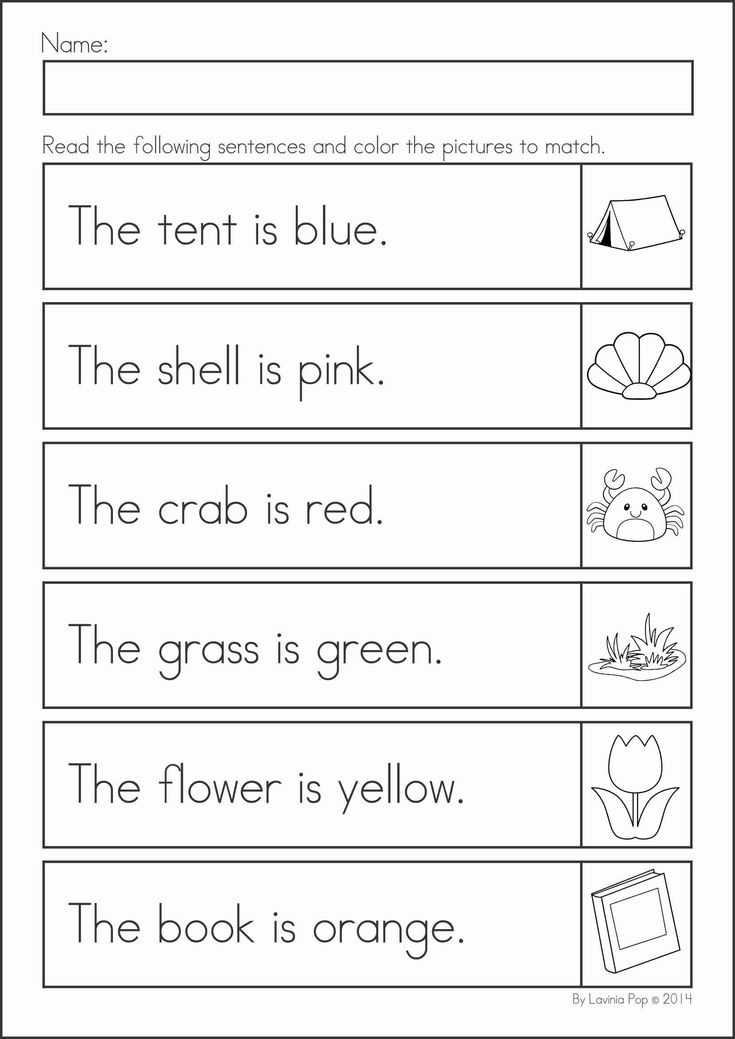 Have your child pull out one stick at a time, reading the letter or making the sound of each one. If they pull a “Kaboom!” stick, they have to put all of their sticks back in the bucket and start again.
Have your child pull out one stick at a time, reading the letter or making the sound of each one. If they pull a “Kaboom!” stick, they have to put all of their sticks back in the bucket and start again.
Prepare for learning and laughs with these preschool learning activities
We all know little ones love to play. So why not leverage that playtime for learning? This list of literacy activities for preschoolers is a great start for introducing youngsters to letters and setting the stage for lifelong learning!
Learn more about the benefits of starting young in our article “Why the Importance of Early Childhood Education Is Impossible to Ignore.”
For more ideas of fun preschool learning activities, visit our Education Blog!
EDITOR’S NOTE: This article was originally published in 2016. It has since been updated to include information relevant to 2021.
Teaching preschoolers to read | Best practices and games
Many modern parents have to teach their children to read as early as preschool age.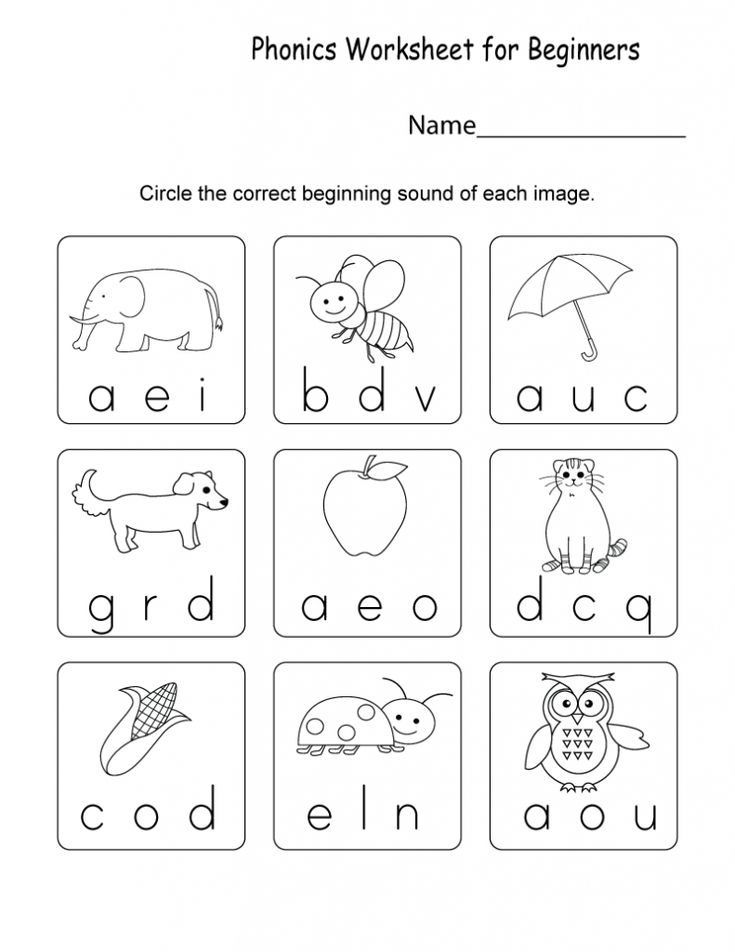 Indeed, in many lyceums and schools, rather serious requirements are imposed on first-graders: the child must already be able to read, write and think logically. Of course, these skills make it easier to get used to during training and quickly integrate into the learning process.
Indeed, in many lyceums and schools, rather serious requirements are imposed on first-graders: the child must already be able to read, write and think logically. Of course, these skills make it easier to get used to during training and quickly integrate into the learning process.
Contents
- Where to start? nine0008
- Learning letters
- Learning to read by syllables
- Reading words
Where to start?
In fact, preparation for reading begins at a very early age. First of all, it is worth starting not with the reading itself, but with the general cognitive development of the child. Such development is greatly facilitated by simple tasks for logic, fine motor skills and the improvement of speech.
Some examples of games for children 4 years old
- Continue the word. We learn to invent words, develop imagination and speech. nine0008
As you throw the ball into the child's hands, say the beginning of a word.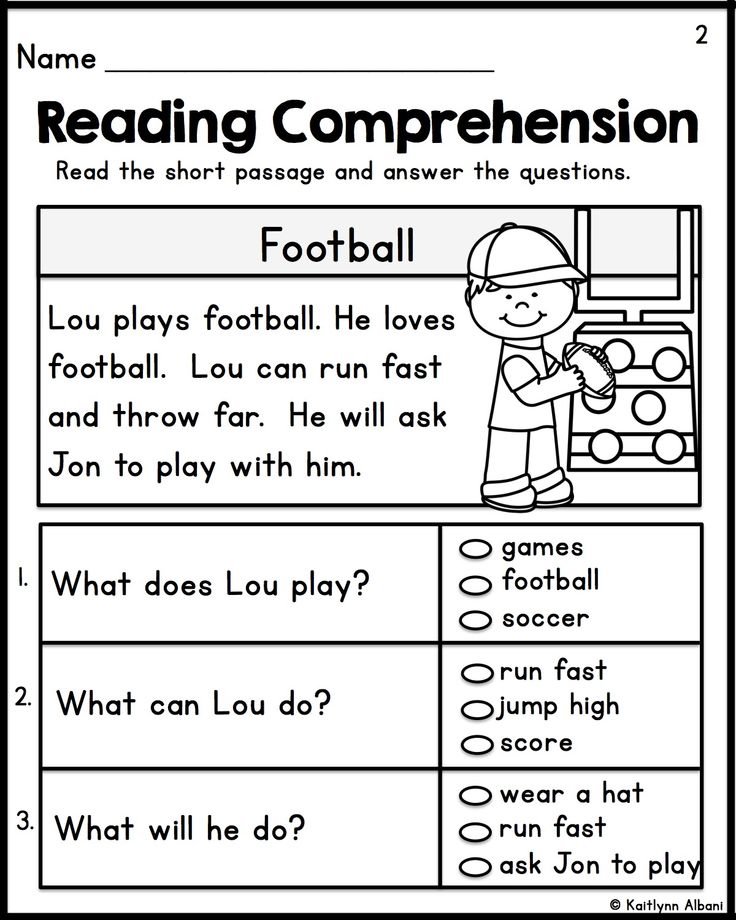 For example, the syllable "Ma". And the child, returning the ball to you, should continue it and say “Sha” or “Tire”. Be sure to pronounce the whole word later: Masha or the car. Then complicate it a little and set a specific theme for the hidden words. For example, fruits, transport or names.
For example, the syllable "Ma". And the child, returning the ball to you, should continue it and say “Sha” or “Tire”. Be sure to pronounce the whole word later: Masha or the car. Then complicate it a little and set a specific theme for the hidden words. For example, fruits, transport or names.
- Sound riddle. Learning to develop memory and auditory attention.
Prepare some children's musical instruments or toys: pipe, rattle, bell, etc. Demonstrate all the sounds in turn so that the child remembers them. Then ask him to turn away and guess what object is making a sound now. Gradually complicate the game and alternate several sounds in turn. Such a game trains auditory attention, which is so necessary when learning to read. nine0003
- Gift for a toy. We learn to identify the first letter in a word and develop imagination.
Celebrate your child's favorite toy. May her birthday be today. Invite the child to pick up a gift for the toy and draw it.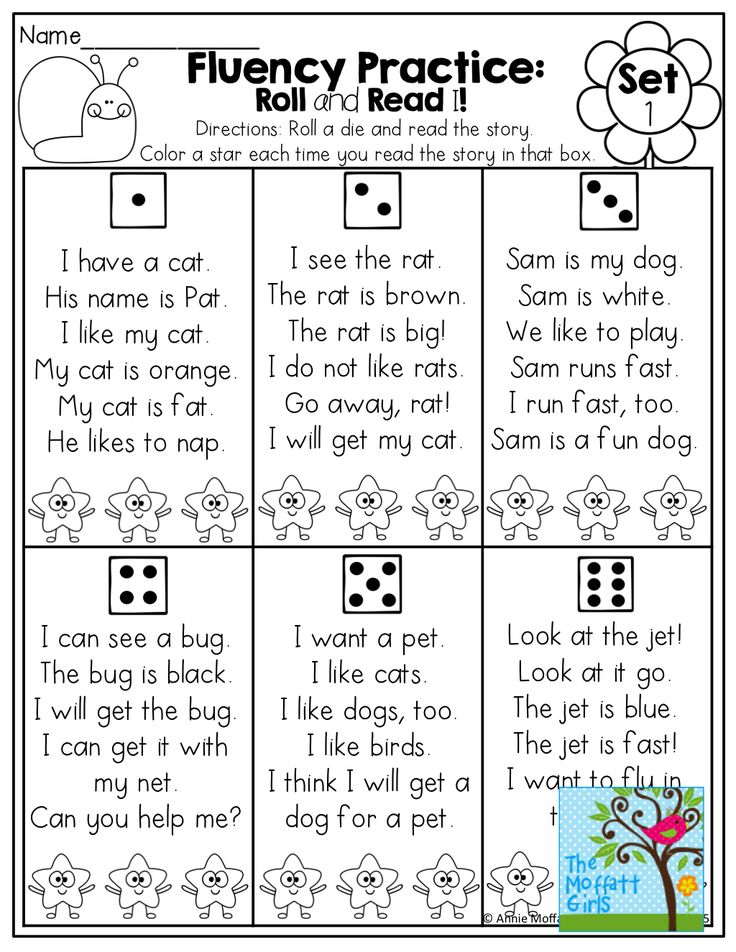 The main condition of the game is that the first sound in the name of the gift is the same as the first sound in the name of the toy. For example, gifts for a doll begin only with the letter k: paints, xylophone, cubes. And for a bear - a ball, honey, a car. The more options the child names, the better. nine0003
The main condition of the game is that the first sound in the name of the gift is the same as the first sound in the name of the toy. For example, gifts for a doll begin only with the letter k: paints, xylophone, cubes. And for a bear - a ball, honey, a car. The more options the child names, the better. nine0003
Pictures or cards with various depicted objects will be a good tool in such a game. Invite the child to pick up a gift and choose one of the ones shown in the picture.
Such a game helps to develop the ability to sound analysis of words, which is necessary when reading.
- Draw some more. We learn to complement the figures, develop attention and fine motor skills. For drawing, there are many options for games.
- Draw on a sheet of paper simple objects known to the child, without specially drawing any significant details: a car without a wheel, a cat without a tail, a table without a leg, a teapot without a spout, etc. Invite your child to look at the pictures carefully and fill in the missing details.
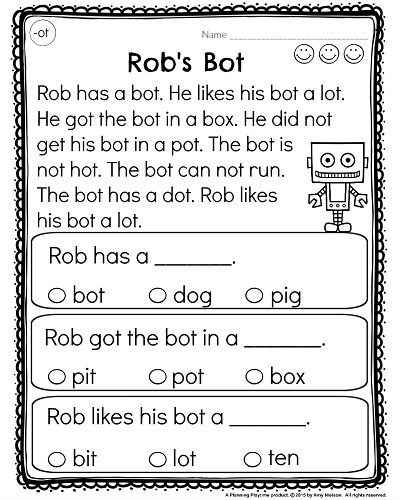 Such tasks allow you to develop logic and see objects as a whole. nine0008
Such tasks allow you to develop logic and see objects as a whole. nine0008 - Invite the child to unravel the “maze”, that is, draw it from end to beginning, observing all the turns. Draw yourself how to do it. For the “maze”, take a light-colored pencil or felt-tip pen, and for unraveling, use a dark color. Thus, when completing the task, the labyrinth will be repainted in a different color.
- Draw different objects yourself and ask the child to look at the pictures and draw the same ones next to them. Pay your child's attention to all the small details, the size and location of the figures. Praise for the correctness and accuracy of the task. nine0008
- After mastering the skill of drawing from the model, ask the child to draw something from memory. It is better to start with simple images of geometric shapes or familiar objects.
- Let your child draw the tasks for you. And when doing them, make a few mistakes on purpose - do not finish the detail or, on the contrary, come up with extra ones.
 The child will like to find and correct your inaccuracies.
The child will like to find and correct your inaccuracies.
Pattern drawing teaches the child to concentrate when working with signs, and also contributes to a better memorization of letters and the correct reproduction of words when reading. nine0003
Learning letters
An essential step on the way to reading is the study of letters. And the more interesting and exciting this process will be, the faster the child will learn everything. To make the process of memorizing letters easy and productive, there are a few simple rules of pedagogy.
- It will be easier for a child to remember a letter if he first draws it or molds it himself from plasticine. Also a great option would be to add letters from sticks, buttons, pebbles, etc.
- It is important not to overload the child's memory and not try to remember more than two letters a day. nine0008
- Learn letters by pronouncing their sounds correctly. For example, the letter M is not pronounced with the sound "em", but with a short "m".
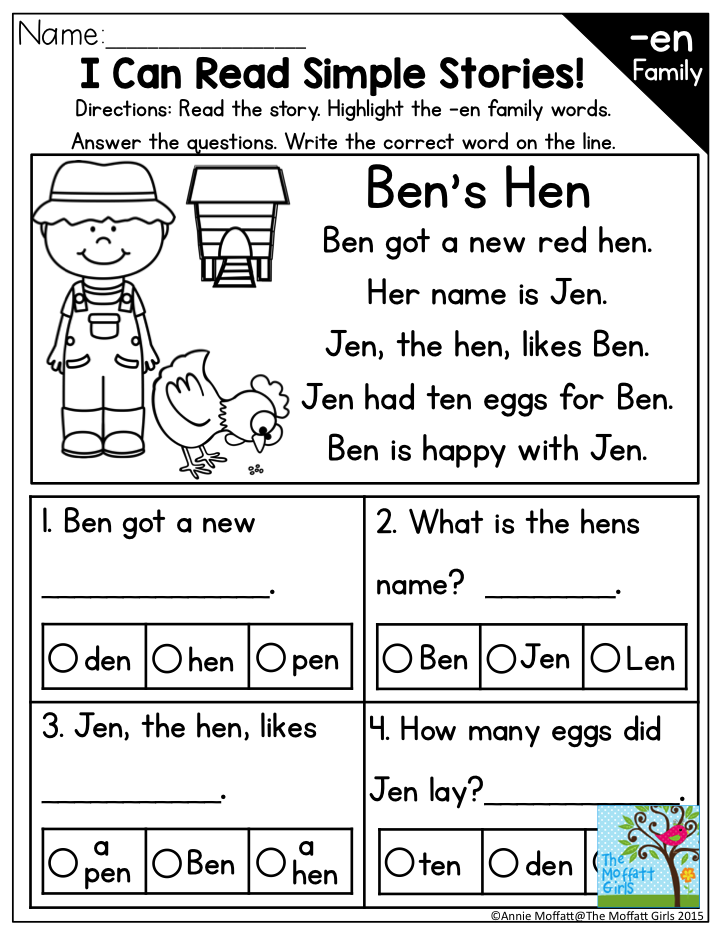 Otherwise, the child will be confused when reading and pronounce syllables incorrectly.
Otherwise, the child will be confused when reading and pronounce syllables incorrectly. - Do not start teaching capital letters until the child has mastered all printed letters.
- To make it easier for the child to memorize the letters, let him figure out what each of them looks like. For example, compare them with different subjects.
Learning to read by syllables
Currently, there are many educational literature for teaching preschoolers. And each parent selects the most suitable and interesting version of the primer or alphabet for children who are just learning to read. They use different techniques for reading by syllables. Somewhere the option of stretching sounds is considered, and somewhere the transitions from letter to letter in the form of colorful pictures.
In fact, when reading, we no longer think and are not aware that all syllables come naturally to us, because they are pronounced automatically. It is memorization that helps us read quickly and without hesitation.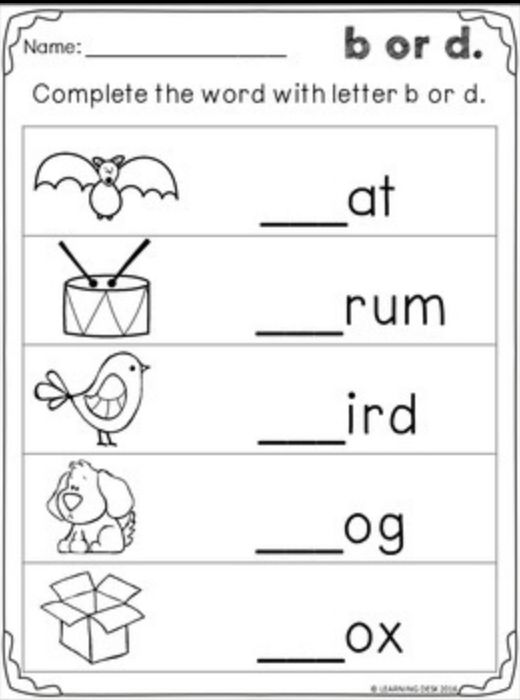 Therefore, the education of children should also be approached with the same goal. Each syllable must be pronounced several times, searched in words and pictures. nine0003
Therefore, the education of children should also be approached with the same goal. Each syllable must be pronounced several times, searched in words and pictures. nine0003
Reading words
When the child has mastered and memorized the combination of syllables, the reading of words begins. At this point, it is important to teach the child to understand the meaning of what is read. This is also facilitated by various puzzles and games with pictures.
Fill in the letter
This game is very effective for learning to read words in the beginning. It will require three pictures for three-letter words. For example: bow, house and cat. Sign the first and last letter under the pictures, and leave a space in place of the vowel. Have your child guess the missing letter in the word. Performing this task, he will reflect, and pick up letters in turn. Thus, in this game, the child learns meaningful reading, understands the semantic distinctive meaning of letters, and develops phonemic hearing.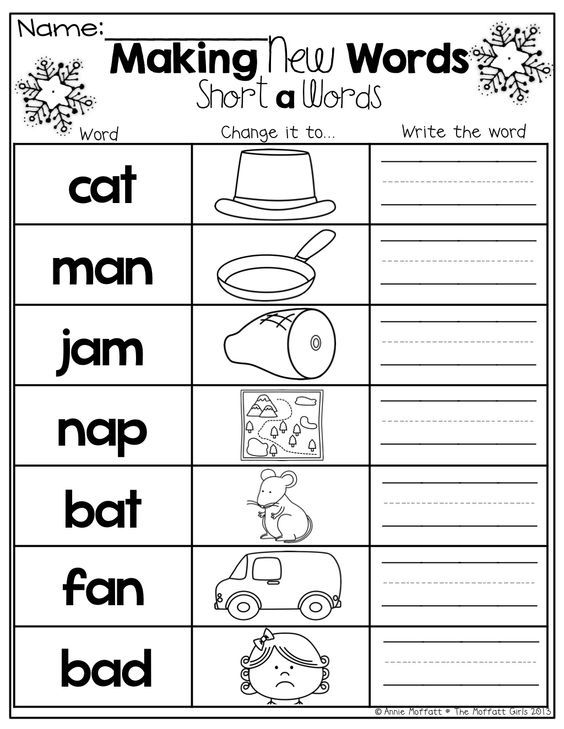 nine0003
nine0003
A picture with a word
The most common word game. Often ready-made options are sold in the form of a lotto. It is easy to make it yourself by preparing pictures in advance and signing words on them in block letters. You need to cut the picture with the word in half so that the child can pick up the two halves of one picture.
Finish the word
This game will require some pictures from coloring books or postcards. The initial syllables of words denoting the depicted objects are attached to the pictures on a paper clip. And the endings of the words must be put in front of the child, so that he himself chooses the appropriate ones from them. nine0003
For more secrets and useful tips on how to teach your child to read quickly and correctly, watch the video
When teaching a child to read, it is very important to give tasks in an easy, playful way to maintain interest. The main thing at the same time is not to overdo it with the load and select benefits according to the age and abilities of the baby. Always be patient and diligent, then your child will definitely be well prepared for school and learn to read quickly.
The main thing at the same time is not to overdo it with the load and select benefits according to the age and abilities of the baby. Always be patient and diligent, then your child will definitely be well prepared for school and learn to read quickly.
Feasibility and conditions for teaching reading to children of senior preschool age
The article aims to consider the need to teach reading to a child - a preschooler, all the pros and cons. The psychological aspect of this problem is considered. Methods and techniques of teaching. It is concluded that the skill of writing and reading acquired in preschool childhood benefits the child's personality only in the case of a competent approach to the learning process.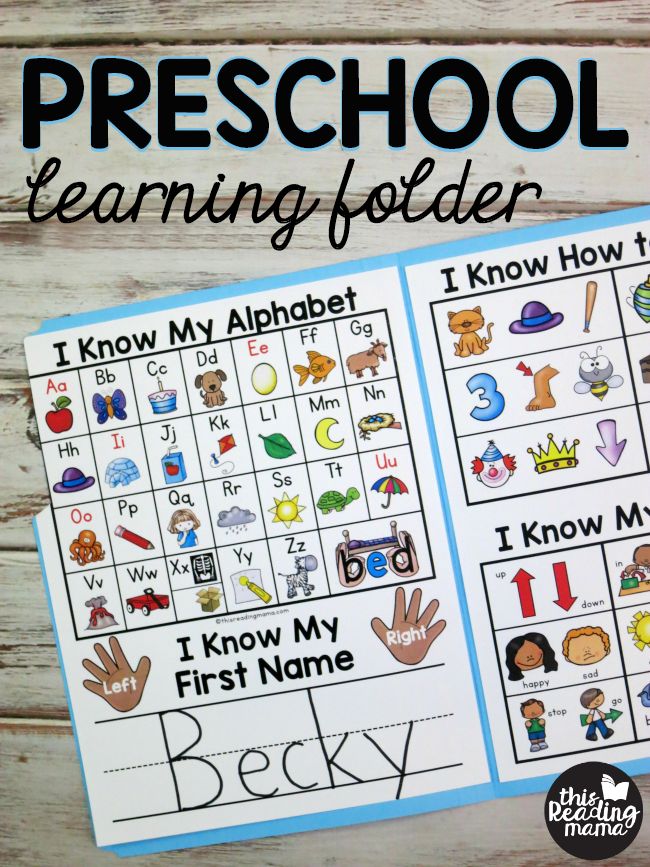 nine0114
nine0114
All that I have achieved in life
made possible by the book.
Richard Bach
Caring parents of preschool children are puzzled by the question: is it necessary to teach a child to read and write before school? There are a lot of disputes about this. Some recommend not to rush and not force the child to read before school, others advise to lean on the alphabet almost from the cradle. Let's try to figure it out...
The main task for all raising adults should be the formation of a comprehensively and harmoniously developed personality of the child. At present, most teachers and parents understand the need to pay as much attention as possible to the formation of the inner world of the child, the education of a creative principle in him. Reading is a special value in this matter, because in the process of reading, in the process of communicating with a book, the child not only learns the past, present and future of the world, but also receives spiritual development, joins the treasures of literature, art, he develops high aesthetic feelings and qualities.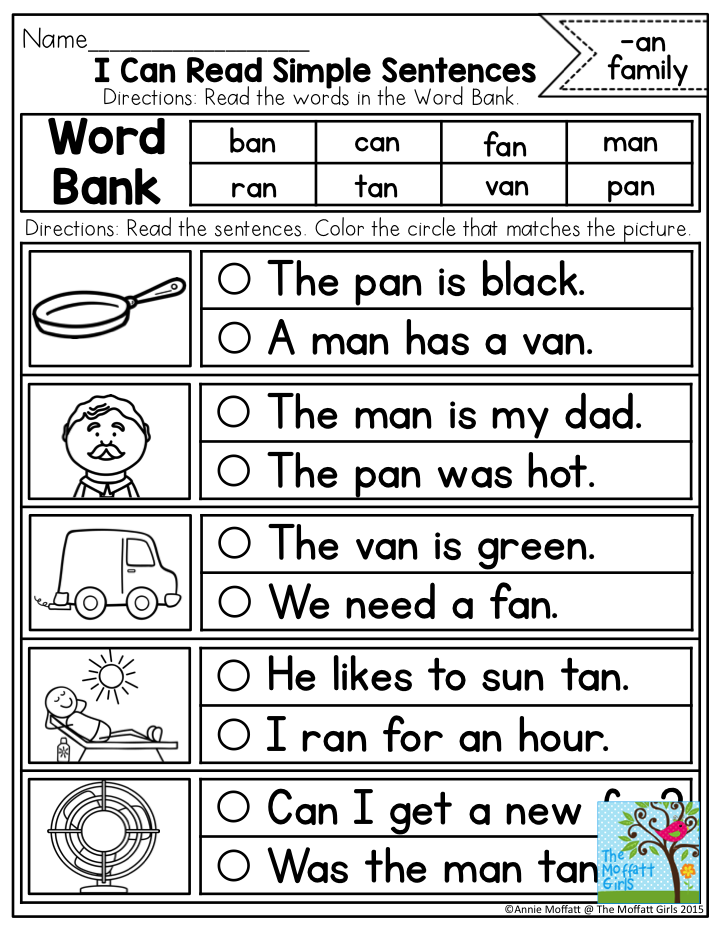 Thus, the moral and cultural basis of his personality is formed. nine0003
Thus, the moral and cultural basis of his personality is formed. nine0003
Literacy education is of a general developmental nature, contributes to the development of active mental activity, working capacity, moral and volitional qualities of the child's personality. In the process of reading, working memory and attention stability are improved, on which mental performance depends. A reading child learns to use information and explore it. Reading contributes to the development of speech, the ability to correctly form one's thoughts, analyze. Reading is an impulse to creative insight, to the creation of a new artistic creation. Thus, it is necessary and useful to read, then we will consider the issue of the relevance of teaching reading at preschool age. nine0003
“How good it is to be able to read ... "We all remember the lines of our favorite children's poem, but it's really good when a baby can read on his own, and not because "You don't need to pester your mother ...", but because this is one of the paramount tasks in preparing a child for school - to encourage him to independent mental activity, to teach him to think logically.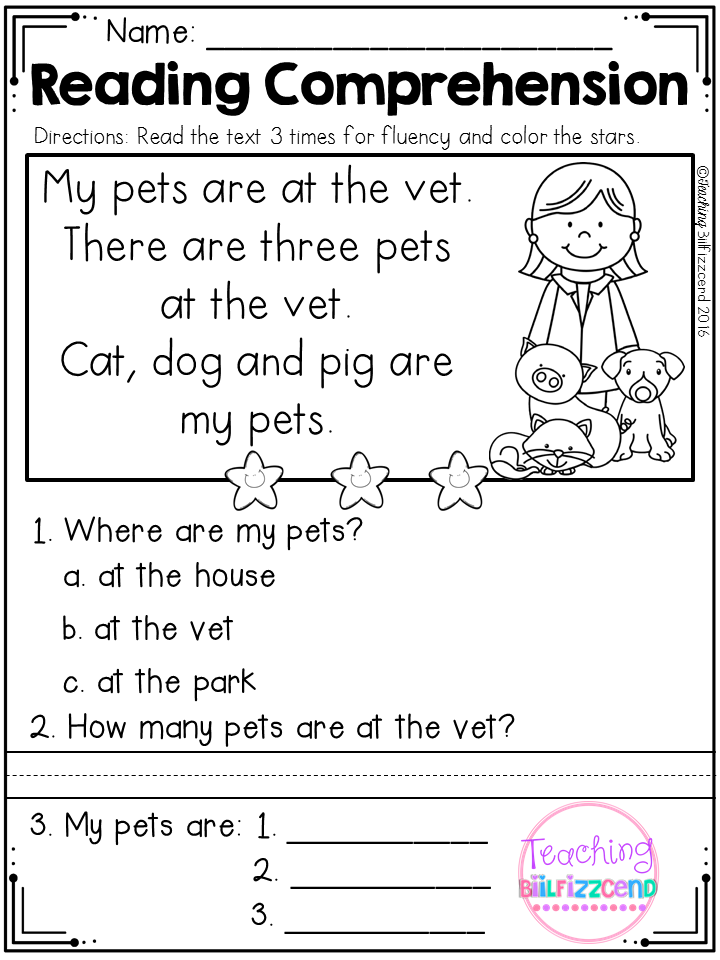 An important place also belongs to the development of speech, which aims to teach children to speak meaningfully, to give an initial concept of language, literature, to enrich speech, to instill a love for the book. The successful development of speech in preschool age is also crucial for the subsequent systematic study of the native language. nine0003
An important place also belongs to the development of speech, which aims to teach children to speak meaningfully, to give an initial concept of language, literature, to enrich speech, to instill a love for the book. The successful development of speech in preschool age is also crucial for the subsequent systematic study of the native language. nine0003
At preschool age, the child's speech is understandable and does not cause him difficulties in communication, until special requirements are imposed on it. Small deviations in speech development do not bother parents, but things change dramatically with the beginning of schooling. Already at the very beginning of learning to read and write, children experience significant difficulties, write with errors, and as a result, poor grades, a negative attitude towards school, deviations in behavior, increased fatigue and neurosis.
The relevance of teaching reading at preschool age is also due to the increased requirements of schools, especially gymnasiums and lyceums, for future first graders.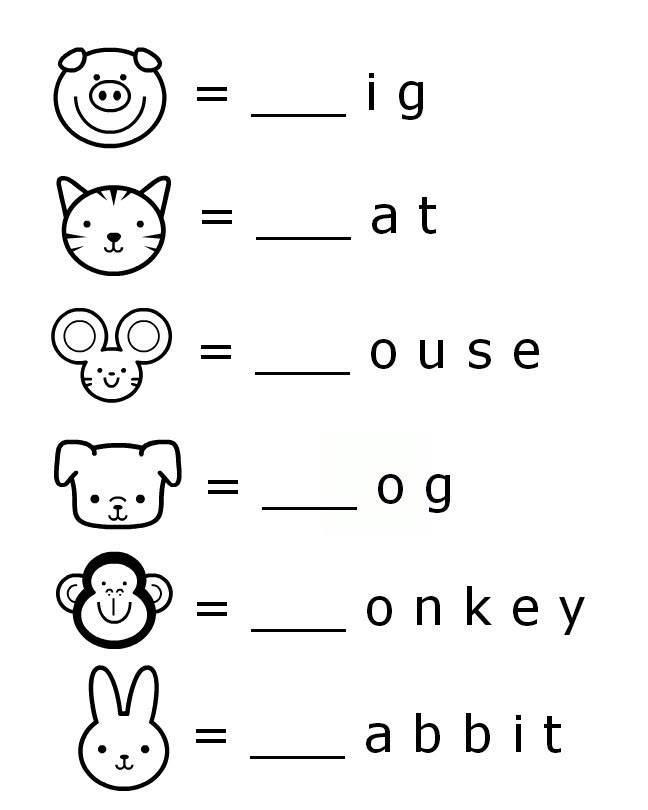 One of the requirements is the ability to read and readiness to master literacy, which includes the child's mastery of sound-letter, sound-syllabic and lexical-syntactic analyzes and synthesis before entering school. Teaching reading at preschool age contributes to the development of natural literacy. In addition, the alphabetical period in the first grade coincides with the period of children's adaptation to the conditions of school life and education. Pedagogical practice shows that children who read feel more confident and have more prospects for successful schooling. nine0003
One of the requirements is the ability to read and readiness to master literacy, which includes the child's mastery of sound-letter, sound-syllabic and lexical-syntactic analyzes and synthesis before entering school. Teaching reading at preschool age contributes to the development of natural literacy. In addition, the alphabetical period in the first grade coincides with the period of children's adaptation to the conditions of school life and education. Pedagogical practice shows that children who read feel more confident and have more prospects for successful schooling. nine0003
Next, consider the question: when can you start teaching a child to read?
Many parents, and even teachers, are in a hurry to teach their children to read and write at the age of 3-4, referring to the accelerated pace of the twenty-first century. But you shouldn't do that. The child still has too little life experience, and reading for him is basically purely mechanical. He cannot yet feel and understand all the beauty and richness of the printed word.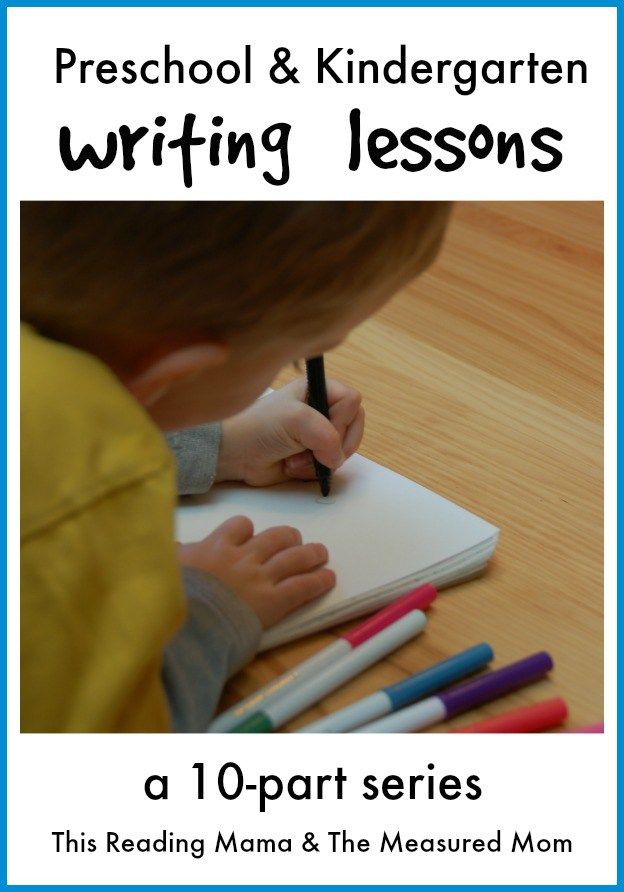 Teachers F. A. Sokhin and A. M. Fonarev called the desire to force the child’s education “artificial acceleration”. nine0003
Teachers F. A. Sokhin and A. M. Fonarev called the desire to force the child’s education “artificial acceleration”. nine0003
The studies of Professor I. A. Arshavsky, teacher N. M. Aksarin, psychologist L. S. Vygotsky showed that the fifth year of a child’s life is the period of the highest “linguistic talent”, a special susceptibility to the sound side of speech. That is why it is advisable to introduce preschoolers into the sound system of their native language already at the senior preschool age. In order for a child to write correctly, he must imagine that a sentence is made up of words, a word - of syllables and sounds arranged in a certain sequence. Only by learning to put speech sounds into syllables and words can a child learn reading skills. nine0003
K. D. Ushinsky said about it this way: “Only he can consciously write and read, who has mastered the sound-syllabic structure of the word.”
Therefore, it is important to convey to the child the concepts of “letter” and “sound” as early as possible, to teach him to distinguish these elements from the composition of the word, to distinguish the whole variety of consonants and vowels, deaf and voiced, soft and hard sounds, to select words for given sound patterns.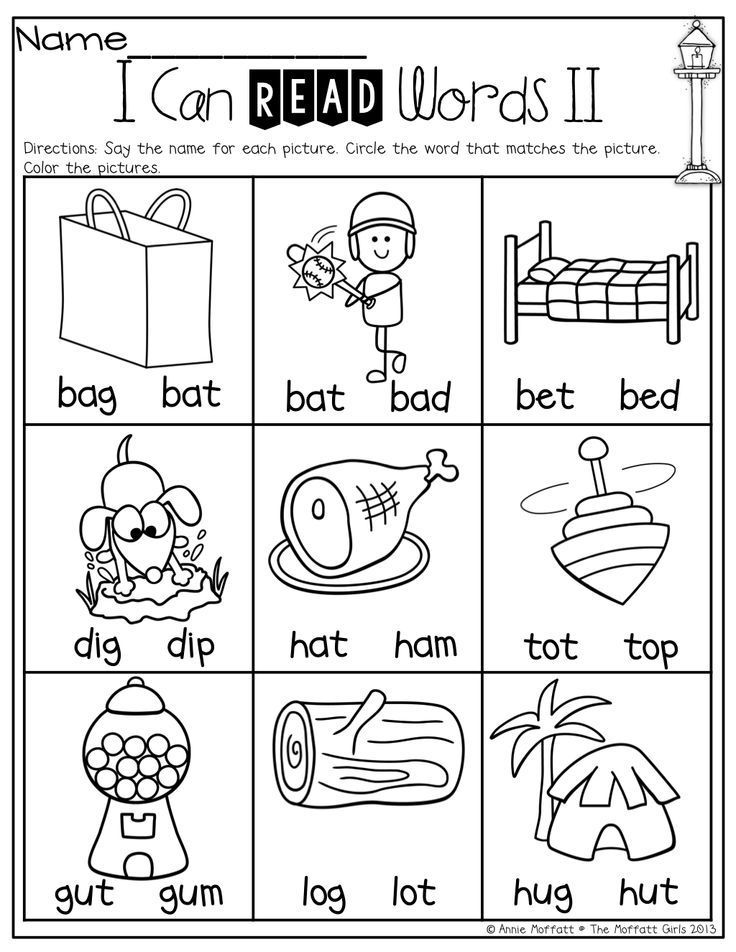 That is, in order for a child to quickly and easily master reading and writing, while avoiding typical mistakes, it is necessary to teach him sound synthesis and analysis first. And this, in turn, is possible on the basis of a stable phonemic perception of any sound of native speech. nine0003
That is, in order for a child to quickly and easily master reading and writing, while avoiding typical mistakes, it is necessary to teach him sound synthesis and analysis first. And this, in turn, is possible on the basis of a stable phonemic perception of any sound of native speech. nine0003
Being the most important means of human communication, knowledge of reality, language serves as the main channel for introducing a person to the values of spiritual culture, as well as a necessary condition for education and training. The development of oral monologue speech in preschool childhood lays the foundation for successful schooling.
Preschool age is a period of active assimilation of the spoken language by the child. Full mastery of the native language in preschool childhood is a necessary condition for solving the problems of mental, aesthetic and moral education of children in the most sensitive period of development. To successfully teach reading to older preschoolers, they must have sufficiently formed such qualities as correct pronunciation, phonetic analysis and synthesis skills, phonemic perception, as well as a high level of active vocabulary development, assimilation of the grammatical system of native speech and a high level of arbitrariness of actions.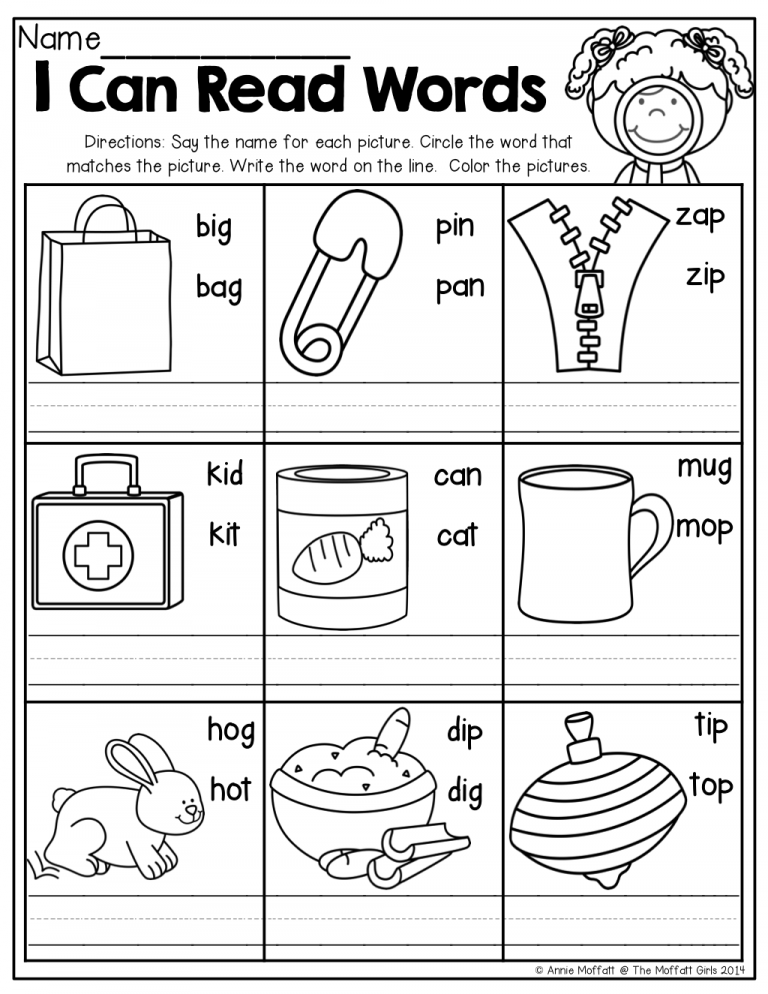 The sooner the teaching of the native language is started, the more freely the child will use it in the future, and this is the expediency of teaching reading to older preschoolers. nine0003
The sooner the teaching of the native language is started, the more freely the child will use it in the future, and this is the expediency of teaching reading to older preschoolers. nine0003
The child must not only be taught, but taught correctly, so as not to discourage reading in the future, to make the reading process enjoyable.
The most important thing in the process of teaching reading and literacy is to create comfortable conditions for the child's personality. This is the key to successful learning. Therefore, learning to read can be regarded as an activity of applied significance, carefully only at the request of the child in a playful way, entering his life. The lesson should not only consist of reading syllables, words or sentences. It is necessary to change the types of activities: they read, wrote letters or words, painted over something, scribbled, completed the task for the development of mental operations (analysis, synthesis, classification, comparison, generalization), moved, etc.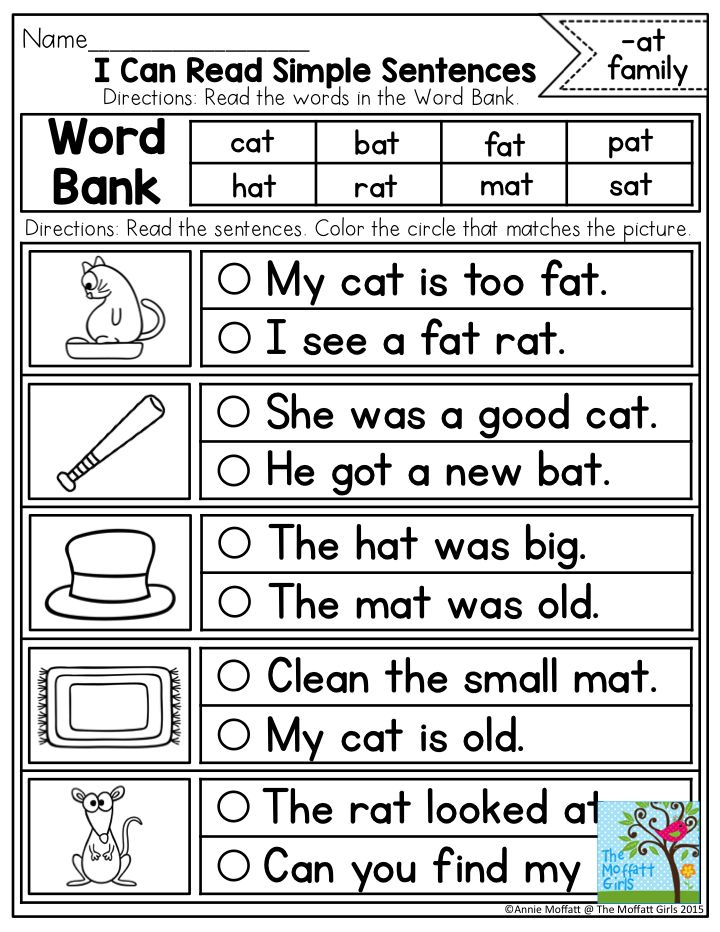 You need to choose the right moment for learning. The child should be in a good mood and not tired. As soon as an adult notices that the child is distracted, it is necessary to stop the lesson, even if the allotted time has not yet passed. You can’t scold the baby and compare him with other more capable children, this will only slow down the learning process. nine0003
You need to choose the right moment for learning. The child should be in a good mood and not tired. As soon as an adult notices that the child is distracted, it is necessary to stop the lesson, even if the allotted time has not yet passed. You can’t scold the baby and compare him with other more capable children, this will only slow down the learning process. nine0003
It is important to raise a reader in a child, be sure to read poetry, fairy tales, stories every day. Everyday reading introduces the child to books, shows how interesting and useful it is to be able to read.
There is no need to strive to make a “well-read know-it-all” out of a child, this is not justified. When adults allow everything to be read, not in accordance with the age and ability of a preschooler to correctly perceive the entire amount of information, then he does not learn the content of the books meaningfully. This leads to overwork, restlessness, inability to concentrate, to show a steady interest in the content of what is read.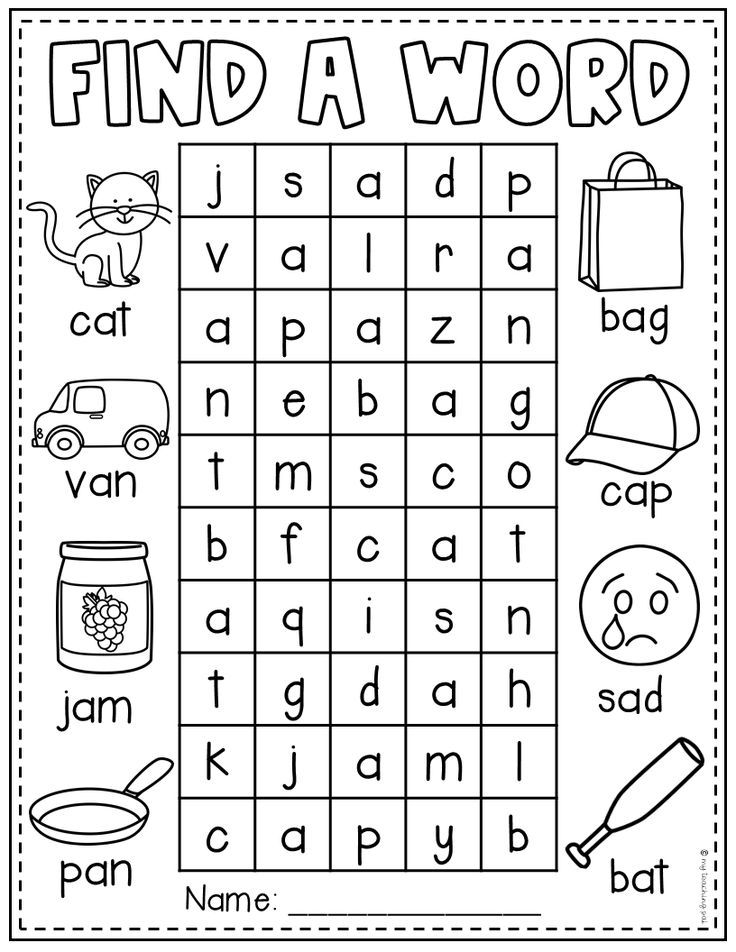 nine0003
nine0003
It should be remembered that preschool childhood, as a period in human life, plays an exceptional role in shaping what not only each individual person, but all of humanity, the world as a whole will become.
The ideological, moral, cultural priorities laid down in preschool childhood determine the life path of generations, affect the development and state of society as a whole, therefore, the choice of literature for independent reading by a child must be approached seriously and carefully. At the initial stage, for independent reading, the child needs to be offered stories and fairy tales previously read to him by adults. nine0003
For a child, attention to his activities is important. He will become engaged with great pleasure if an adult takes a direct part in his studies and rejoices in his success. It is necessary to keep a notebook of achievements and regularly celebrate the success of the child. At the end of the lesson, it is imperative to praise the child for his “work”, to note his achievements.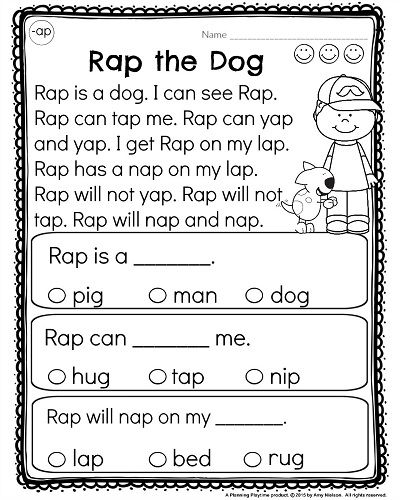 You don't have to be afraid to exaggerate.
You don't have to be afraid to exaggerate.
Thus, teaching reading and literacy at preschool age contributes to the comprehensive and harmonious development of the child's personality, forms natural literacy, and is one of the conditions for successful adaptation to school. However, it should be remembered that the skill of writing and reading acquired in preschool childhood benefits the child's personality only in the case of a competent approach to the learning process. nine0003
Literature:
- Gvozdev AN How children of preschool age observe the phenomena of language Issues of studying children's speech. M., 2008.
- Karpova S. N. Awareness of the verbal composition of speech by preschoolers. M.: Enlightenment, 2007
- Sokhin F. A. Tasks of speech development Development of speech in preschool children. M., 2009. 4. Sokhin F. A. Preparation for teaching literacy Development of speech of preschool children. M., 2008. S.



